This essay debuted as a talk at FWB Fest in Idyllwild, California, 2022. I’ve rearranged and expanded the material for the essay version.
It is 2018 and I am on a flight to San Francisco. I am seated next to a harried woman who pays fifty dollars for WiFi and rattles out Slack messages. She is an employee of one of the largest digital agencies, and is clearly on her way to a client presentation. I can’t help but side-eye her screen as she edits a presentation deck. “Shipt isn’t just a delivery service,” she types in a large green sans-serif font. “It’s a super detailed, expert level, highly knowledgeable ideology.”

Shipt is a same-day grocery delivery business, an Instacart competitor owned by Target. It is a B2C company that provides a commodity service. Grocery delivery, an ideology?
On the one hand, it’s easy to laugh at consultants charging brands a hundred thousand dollars for a deck that says they should become a cult. But it’s another thing to acknowledge that brands today have real cultural power. This essay was first delivered as a talk at a festival by Friends With Benefits, a digital community that promotes cultural creation on web3. But where are FWB’s products? Instead, the culture seems to be the main thing, the product itself.
I’m going to argue that we are leaving one era and entering a new one, with new models for how culture is thought about and created, and new models for commerce, but also new critical questions, and greater moral challenges. But to understand these new models, we first need to know where we’re coming from, so I’m going to start with a retrospective. What were the 2010s?
Think back.
The Cultural Production Service Economy
The year is 2011. You just found out about Everlane.com. You order a blouse, an oxford. You browse on tumblr, scrolling through fuckyeahmenswear and photos of neatly arranged, squared Braun products. The year is 2014. You visit Carryology. You hear about Casper mattresses on the podcast Serial. Recession hipster culture is over, but its premium mediocre detritus is everywhere. The year is 2017. You are a creative with a liberal arts degree. You work at a direct to consumer brand. Like every company you are starting a blog. You learn about content marketing. You go to a pop-up museum filled with balloons. You take pictures for the gram. Product photos are beautiful. Sophisticated. Shot at an isometric angle. It’s the new “lean luxury.” You buy coffee from Blue Bottle. The year is 2019. You order your medication from Hims and Hers. You and your friends want to launch a pop-up brand for the weekend. You go on Alibaba and find blank t-shirts then spend the weekend slapping together a logo and some graphics. The year is 2022. You go to a workout class at the Bala store. You do yoga inside its sculpted pastel interior, like being inside of an Instagram advertisement. It feels like every aspect of your life could live in this world. Delightfully packaged, seamless, products that elevate all of your activities to a luxury branded experience.
The 2010s is what I want to call the era of Lifestyle. You know what it felt like, because you lived through it. And I did too. Since 2014 I have lived in New York, inside the machine where Lifestyle is made. Spending my waking moments moving through these branded experiences, I felt they they pointed to something I could say but not name.
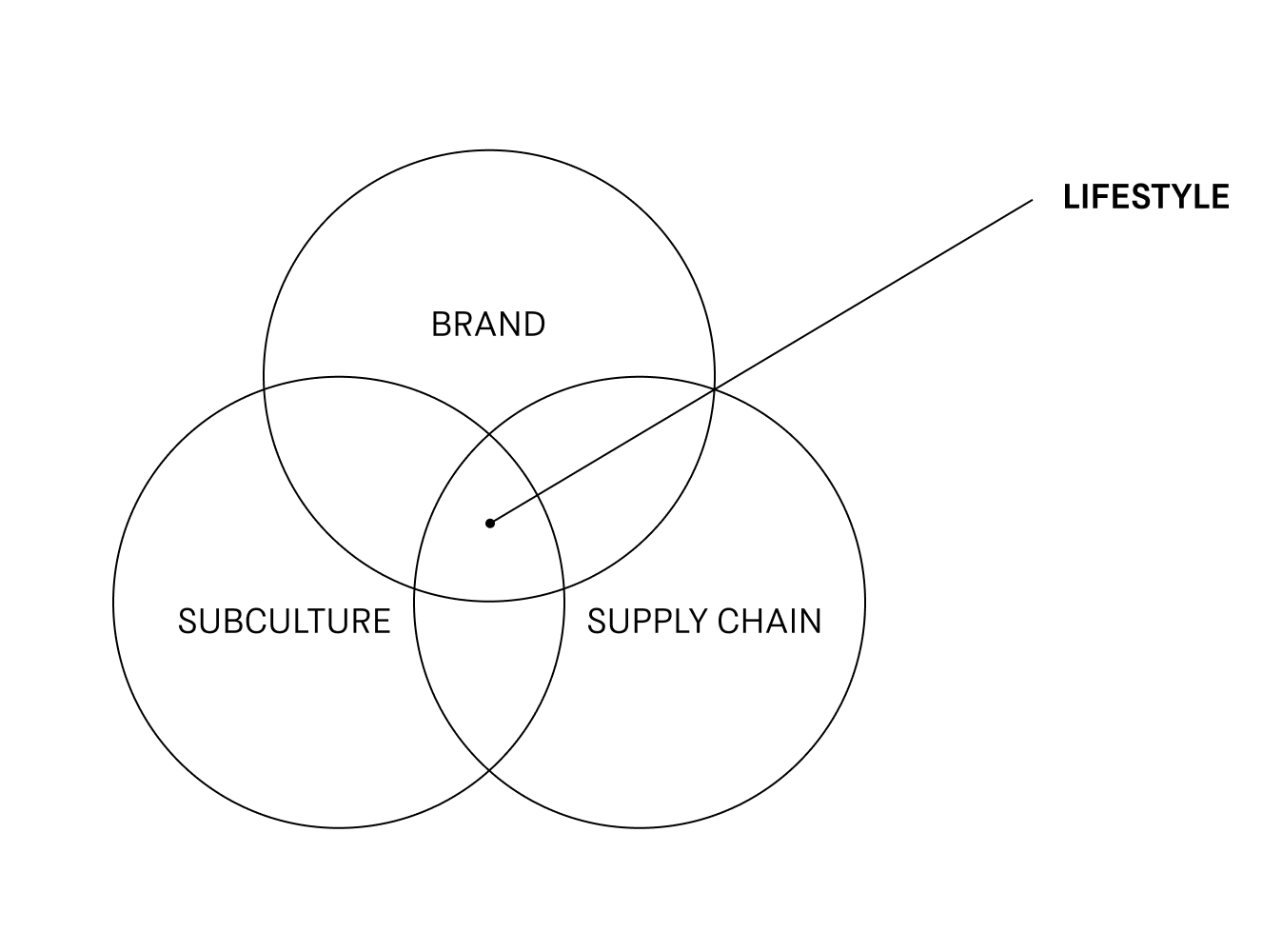
Lifestyle was defined by three elements — brands, culture, and supply chain. The way these components were tied together by technology in the 2010s resulted in a particular organization of culture. To understand this model, we must look at each component in turn.
Let’s start with brands.

Via Bloomberg
Hot on the tails of the 2008 financial crisis and the housing crash came the Great Recession and Occupy movement. Graduates were entering a de-industrialized economy, a poor job market, and the double broken promises of affordable homeownership and a job guarantee for college graduates. But as Obama optimism ramped up and the economy began to recover under quantitative easing, a new wave of aspirational companies began to launch. This was the moment of Warby Parker, of Bonobos, of Birchbox. This was the era of the direct to consumer brand.
The overall brand promise of the DTC brand, “cutting out of the middle man,” can be seen as a reflexive response to the post-Occupy, anti-corporate sentiments that saturated the early part of the decade. The DTC moment was also driven by a renewed wave of startup enthusiasm. Fawning profile pieces peppered the media landscape, and the overall message emanating from the advertising, marketing, and investment worlds was: let’s not shop from these bloated multinationals; now we can buy from American entrepreneurs who are starting “disruptive,” tech-enabled, beautifully branded companies. In a way, the ubiquitous millennial marketing imagery also shares a political origin point: the Obama HOPE campaign, with its implicit promise that good design should play a role in our political lives. In the 2010s, companies like Gin Lane and Red Antler delivered dozens of DTC brand identities with solid pastel backgrounds, bold sans-serif typefaces, and aspirational imagery.
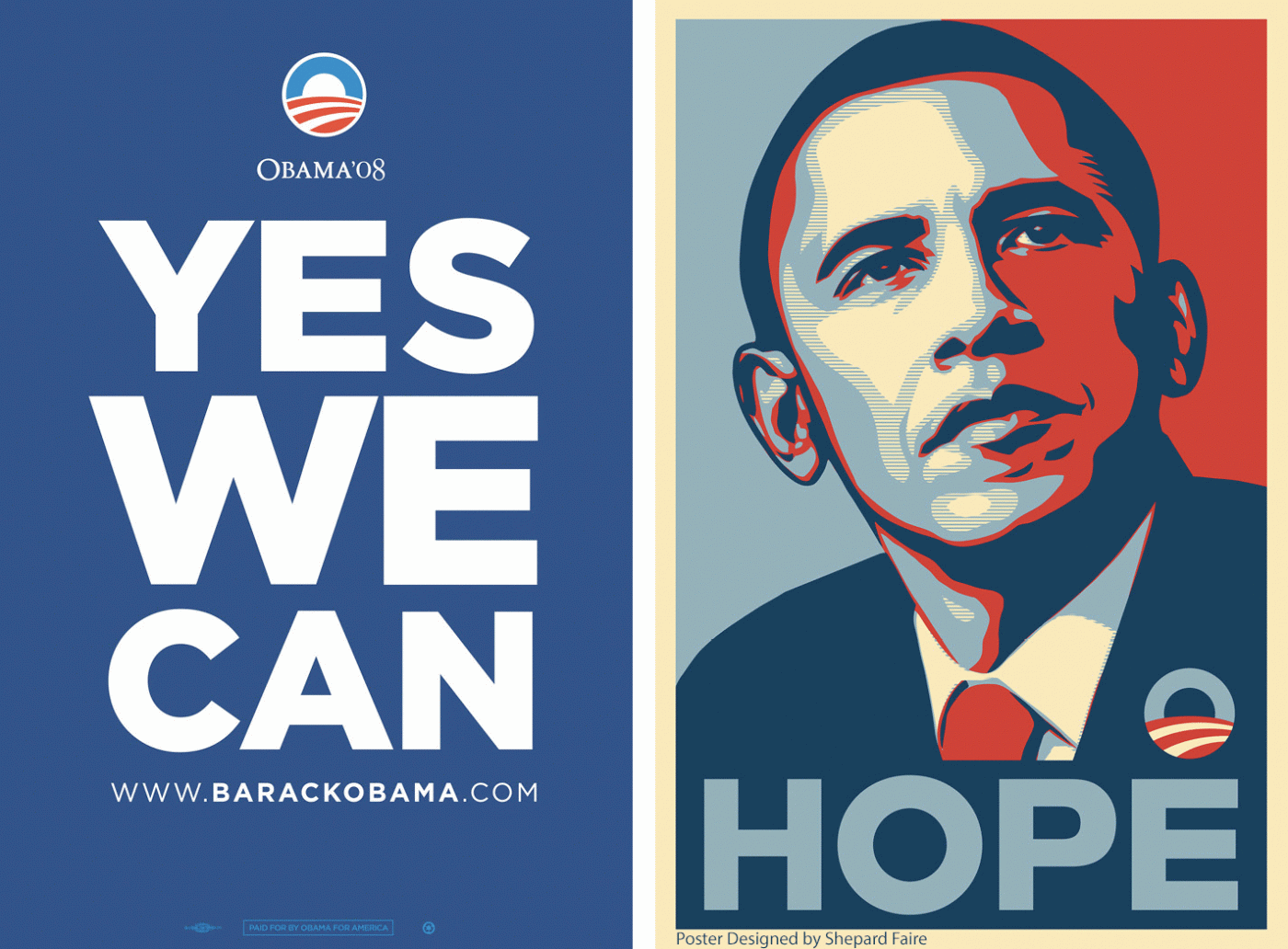
But the DTC brand is more than just an aesthetic; most importantly, DTC is a business model. The DTC goldrush began in earnest after the successes of the early Web 2.0 startups. By the early 2010s, Uber, Facebook, DoorDash, Instacart, Twitter had all become enormous platforms. And with their success, entrepreneurs were asking: how to “scale” other types of goods? And moreover, how to tap into this market of tech venture capital? At this time, the “X for Y” ethos was the most popular approach in fundraising. Uber for glasses, Uber for razors — this was the messaging on which many DTC companies were founded. If Uber could disrupt cabs and Twitter could disrupt the New York Times, why couldn’t Allbirds disrupt shoes?
Software engineers, like Soylent founder Rob Rhinehart, were leaving their jobs to bring the venture-funded approach to consumer goods and services. DTC companies were hiring aggressively from tech to build out slick landing pages and elaborate data marketing engines. And as this wealth of knowledge moved from software to physical goods, we started to see a profusion of new brands. Stitch Fix, Quip, Peloton, Outdoor Voices, Glossier, Daily Harvest, the list goes on. It felt like every month some CPG category was getting relaunched with this new approach. The expansion of venture funding, itself a result of capital seeking returns outside the low-interest rate environment, was a critical component of DTC. These brands typically raised huge amounts over several rounds, and plowed most of the money into subway ads in major cities and paid digital marketing.
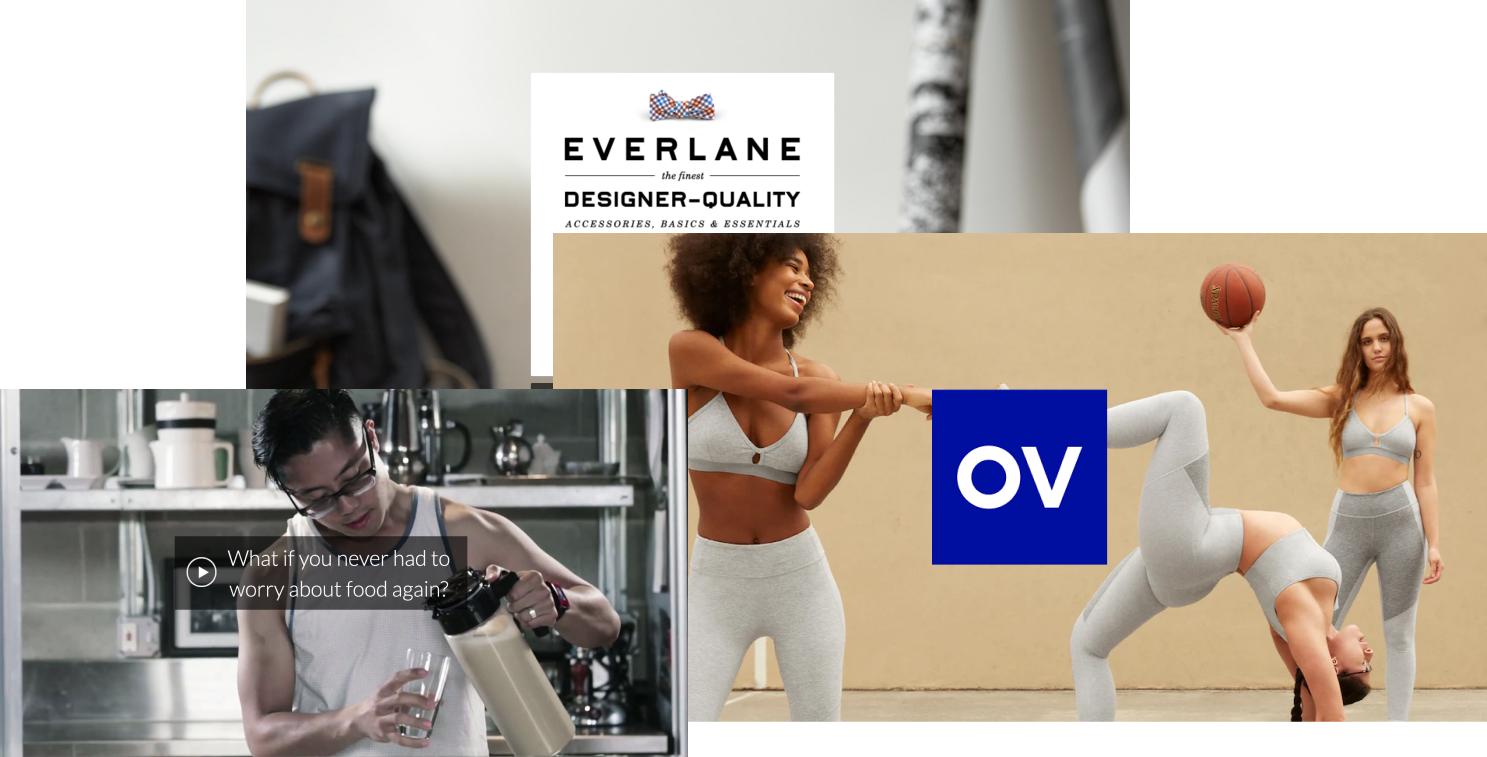
This also was an era of platforms. Before Stripe, you had to forge relationships with payment networks. Before Alibaba and Shopify, you had to think about logistics. Now with these platforms, it was becoming easier than ever to start a brand. As I wandered alone in Chinatown and the LES, where I lived, I encountered the colorfully branded physical outputs of platform integration. For every new subway ad featuring an online pharmacy and a nice monstera plant, there was a new pop-up skate shop soaking up the runoff of Supreme teens. HSWLD on Delancey, a dozen others lost to memory… Online, I browsed IJJI and v.soon and Anti-Social Social Club on my friend’s Tiny Clothing Stores Are.na channel, this selection a mere trickle of the dropshipped minibrand torrent. The full-on fashion/streetwear collision was happening, and in a post-hipster era where sellout culture was dead in the water, starting a brand could seem like an act of creative expression, or even an act of resistance.
With the minibrands and Big DTC in the air, I was wondering: what is it that makes people care about these objects? how is it that they have meaning for people, and what is this ineffable substance “hype?” How do these things that we call “brands” work?
This brings us to subculture.
This era was not just one of rapid commerce and blitzscaling brands. The subtext for this brand apocalypse was the way in which subcultures were rapidly proliferating, the way in which people were identifying and sorting themselves into these cultures using the internet.
A hundred years ago, when image creation and distribution was more constrained, commerce was arranged by class. You can conceive of it as a vertical model, with high and low culture, and magazines and product catalogs that represent each class segment. Different aspirational images are shown to consumers, and each segment aspires upward to the higher level.
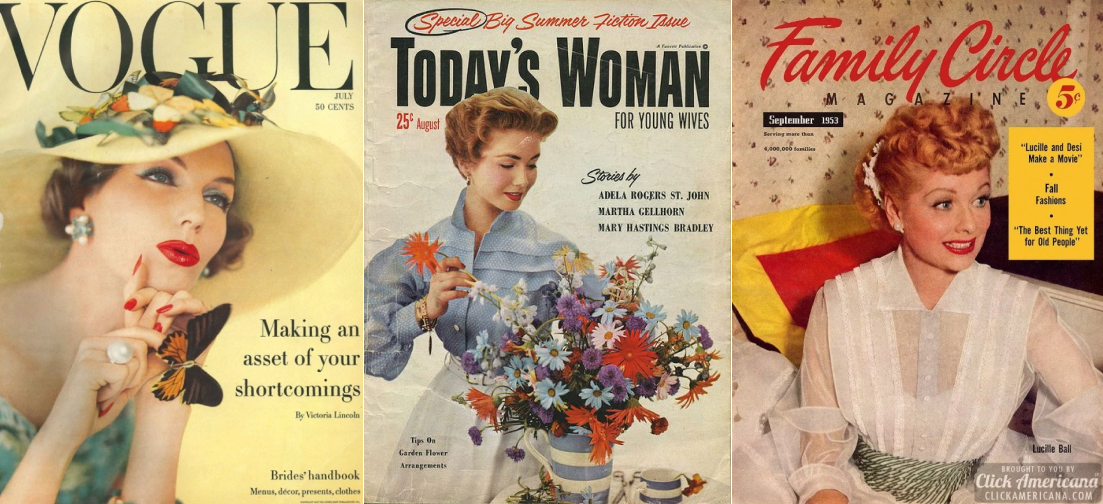
But social media has created a mass ability to publish images and curate them. On Tumblr and Pinterest and Are.na, you can group images into categories and comment on them. Through cheaper, consumer-grade media production tools, ideas once restricted to the underground or the zine now have glossy indie magazines, self-burnt mixtapes, and dozens of dedicated websites. And the effect of all this has been to bust wide open the pandora’s box of subculture.
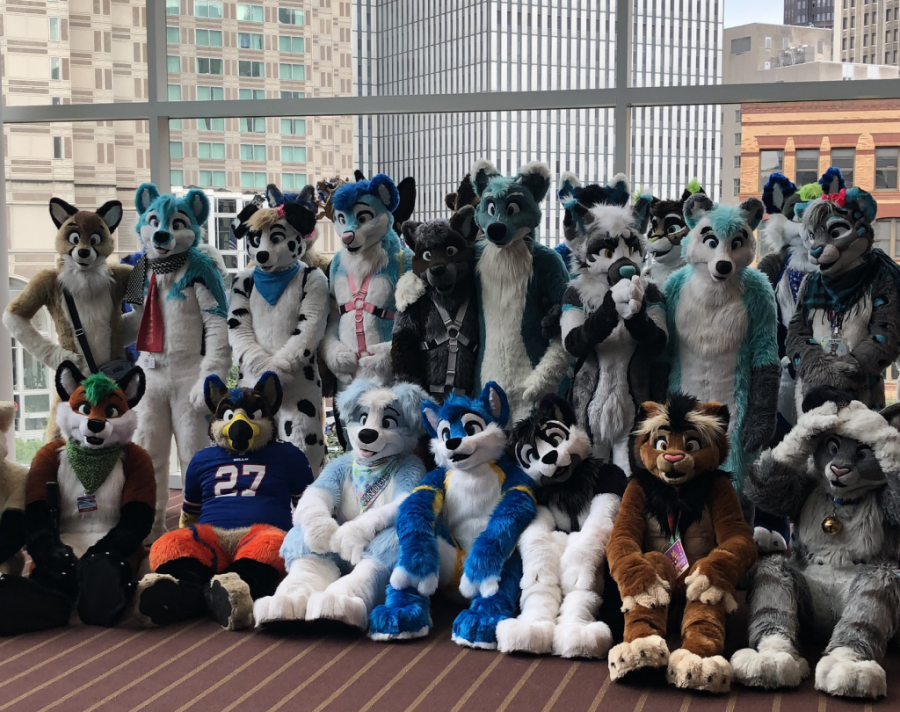
The world we live in is no longer dominated by a single class hierarchy. Today you have art, sport, travel, climbing, camping, photography, football, skate, gamer. Just outside the mainstream stuff, you have roleplayinggame culture, you have furry culture, you have indie music culture, you have graphic designers… You have “cores” and “waves” and completely invented subcultures bootstrapped off Tumblr curation—techwear, bloghouse, cottagecore, daddy’s girl, pro-anorexia girls, witch girls… if you were on Reddit or Tumblr at this time, it was hard not to feel the explosion of internet subcultural life forms.
Bourdieu would have it that class and specialized cultural knowledge are tightly coupled, but even this link has been broken by the subcultural explosion. In 2017 I was chatting on Twitter with incels who lived in their parents midwest basements and were better Deleuze scholars than most graduate students. Meanwhile, many high paid tech workers eschewed a traditional liberal arts education altogether. Mass culture itself has become a subculture — a sort of sideshow to the real action, the way that Joe Rogan, a mass culture icon, merely provides a stage for other subcultural phenomena, or the way that NPR-loving liberals are now identifiable as a very specific category, not the default. Class still exists, but there’s no longer just one aesthetic per class. Instead, “class” is expressed merely by price points that exist within consumer subcultural categories.1
Understanding what culture was became my obsession for the next couple years. I wanted to understand how brands and subcultures are related. I read widely about social construction theory and learned about cults, and I tried to understand and analyze contemporary subcultures: skate, art theory, fitness, MAGA Trumpism. It seemed to me that you could understand cultures by analyzing their interconnected components. Cultures have their own language, objects, and knowledge; their own stories, aesthetics, practices, people, and places that all make sense together in a coherent way. They have behaviors they condone and reward, and behaviors they deem unworthy. And each has its own moral sensibility.2
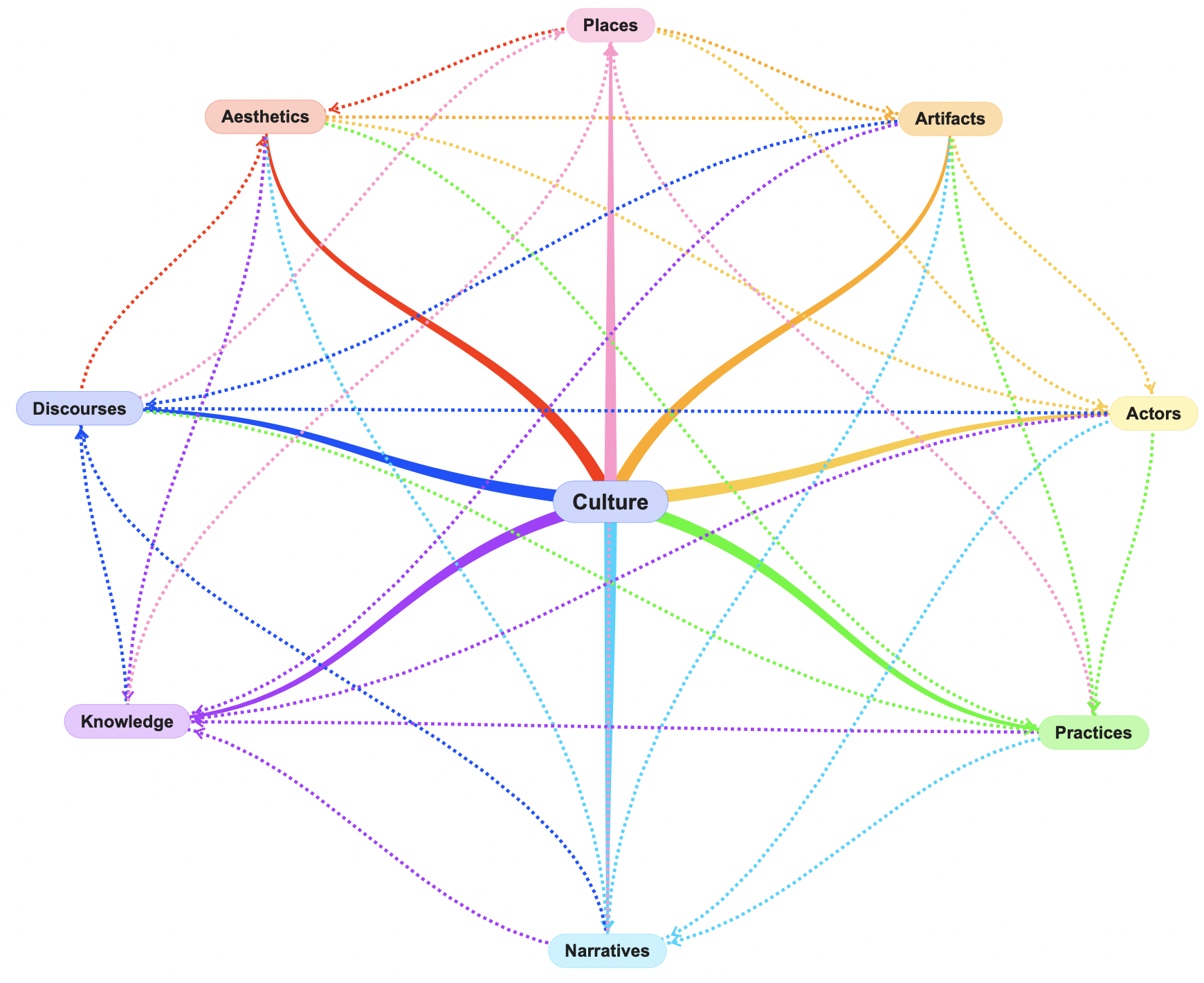 A culture is a coherent system of these foundational elements. See footnote 2 for a further explanation.
A culture is a coherent system of these foundational elements. See footnote 2 for a further explanation.
As I tried to understand how “culture” is transmitted, I came to understand that in order to be a part of a culture, you have to learn to participate in these elements. That’s how a culture becomes part of your identity: you learn to use the language, you read the community lore online, you post photos with the same aesthetic, and you know you’re “fitting in” when you start to get reblogs. And naturally, you buy objects too. By the end of this journey towards “fitting in,” you can tell your own story of membership and identity in the community (Wenger & Lave, 1991). Yet it is also clear that a crucial element of participation is practice. You can cut your hair like a skater and dress like a skater, but if you can’t do an ollie you’re not a skater. You can buy testosterone enhancer and maca root powder, but if you don’t post your gains, are you really a bodybuilder? Subcultures have these practices, participatory elements that I call “central” to what they are.
What interested me was the way that different subcultures and brands were feeding off one another. Lifestyle brands and DTC needed to draw on these subcultural elements—they needed to be the products people buy in order to participate. And in the other direction, product imagery was beginning to play an important role in subcultural formation. In many subcultural categories, more specialized versions based around curation of goods had taken over. On Reddit, you’re not a hiker; instead, you are a consumer of Steep and Cheap, ultralight gear, and Smartwool. You’re no longer just into skincare, you use Glossier, Hanskin pore cleansing oil, and GOOPGLOW Morning Skin Superpowder. We even saw the rise of subcultures where the entire notion of participation is simply consumption. r/mechanicalkeyboards is the classic example, but it also applies to hypebeast culture, or to that Tumblr subculture of design heads who make their entire personality about owning Dieter Rams objects and Leica cameras.

The cultural logic of the 2010s is best represented by the starter pack meme. In the starter pack meme, classes of people are identified through oblique subcultural references and products they are likely to consume. Starter pack memes reverse engineer the demographic profile: people are composites of products they and similar people have purchased, identified through credit card data and internet browsing behavior tracked across the web. While Reddit communities for gear were self-organizing consumer subcultures from one direction, companies and ad networks were working toward the same goal from the other direction.
This brings us to our third important factor: supply chain.
The new luxury direct-to-consumer companies acted like it, but most weren’t the owners of their own manufacturing. Instead, they were forging relationships with overseas factories. Every time one of these companies would come to market, 2-3 months later you’d suddenly see a profusion of copycat brands. Casper originated the mattress in a box, but soon after you had Leesa, Tuft & Needle, and Saatva. Recess originated the fancy CBD seltzer, but soon after you had Upstate Elevator, CBD Living, Mad Tasty, Dram.
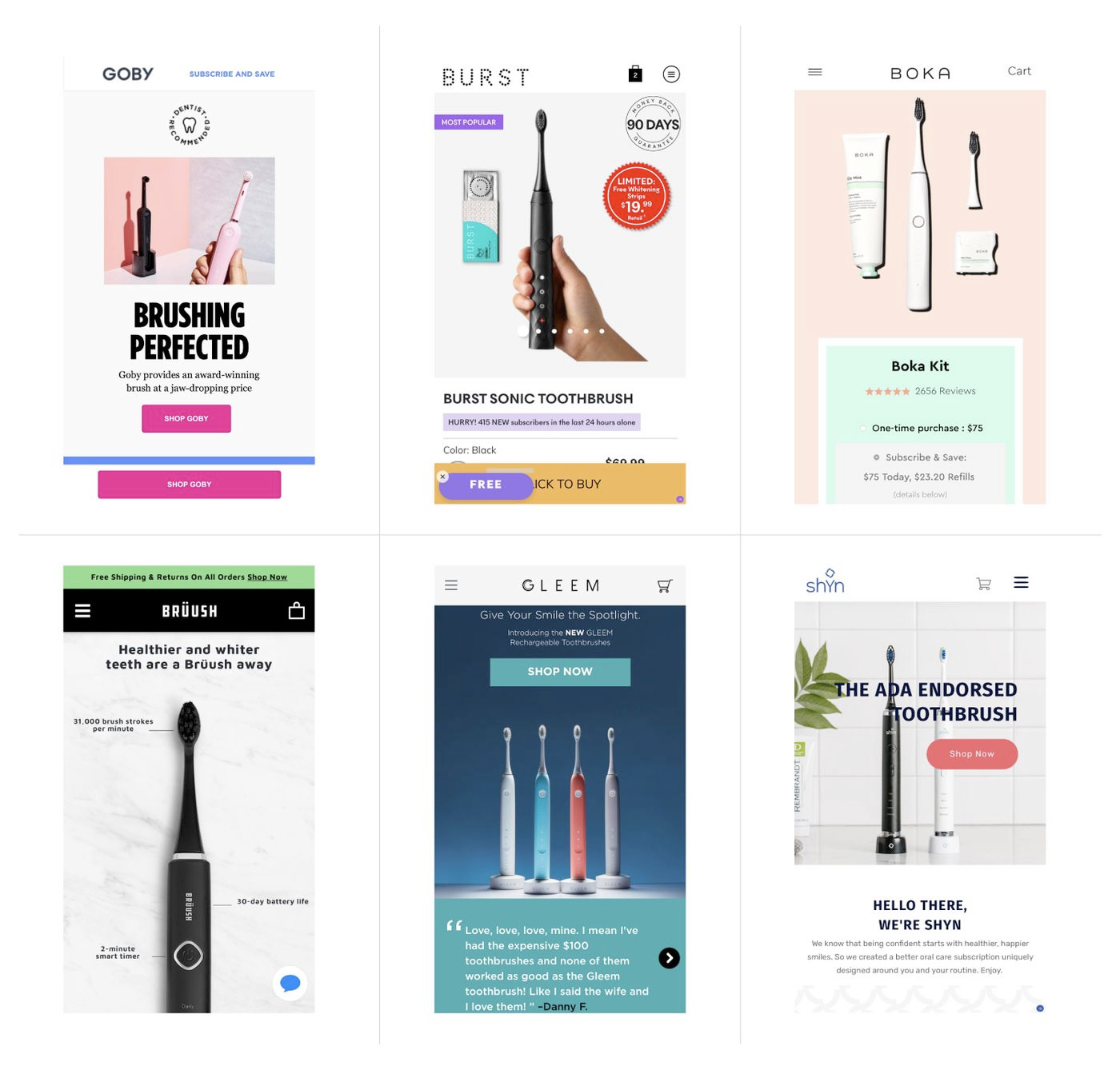
While companies like SHEIN and ZARA are known for the tight vertical integration that enables real-time, demand-aware manufacturing, API-ification has happened across the entire supply chain. Companies like CA.LA let you spin up up a fashion line as fast as you’d spin up a new Digital Ocean droplet, whether you’re A$AP Ferg or hyped NYC brand Vaquera. Across the board, brands and middleware were opening new supply chains, which then became accessible entrepreneurs targeting all sorts of subcultural plays. And with Shopify, Squarespace, and Stripe, you can open an online store and accept payments in minutes. Once the goods are readily available, everything becomes a distribution problem—a matter of finding a target demographic and making products legible to it.
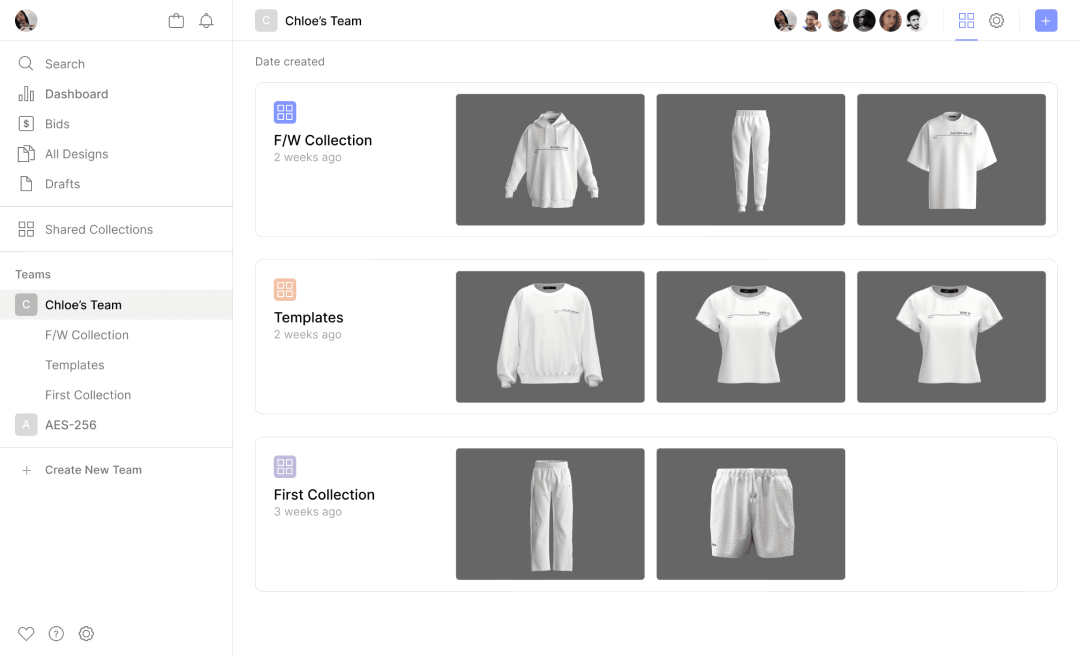
The “last mile” of this supply chain was the rapidly growing influencer economy. Sponsorships and artist collaborations were key to subcultural DTC marketing. Dena Yago charts out the many permutations of the artist-brand “collab” in her article “Content Industrial Complex.” Among others, there is the brand-artist sponsorship, the content marketing advertorial in which brand and artist portray each other as aspirational, and “co-creation” initiatives like the Tom Sachs Nike shoes. The essence of each of these is the elevation of a product to the cultural plane by affiliation with the artist. Why is Levis collaborating with Snoop Dogg? Why is sheets company Buffy doing profiles of an artist loft in Bushwick? These artists are performing a kind of service for brands, lending their credibility and enabling the brands to “insert themselves into an existing cultural conversation.” All of these are various ways in which an artist’s work becomes branding. While the world of art and design is one subcultural vertical, these models have been applied to every category, from musicians to sports to streamers to business influencers.

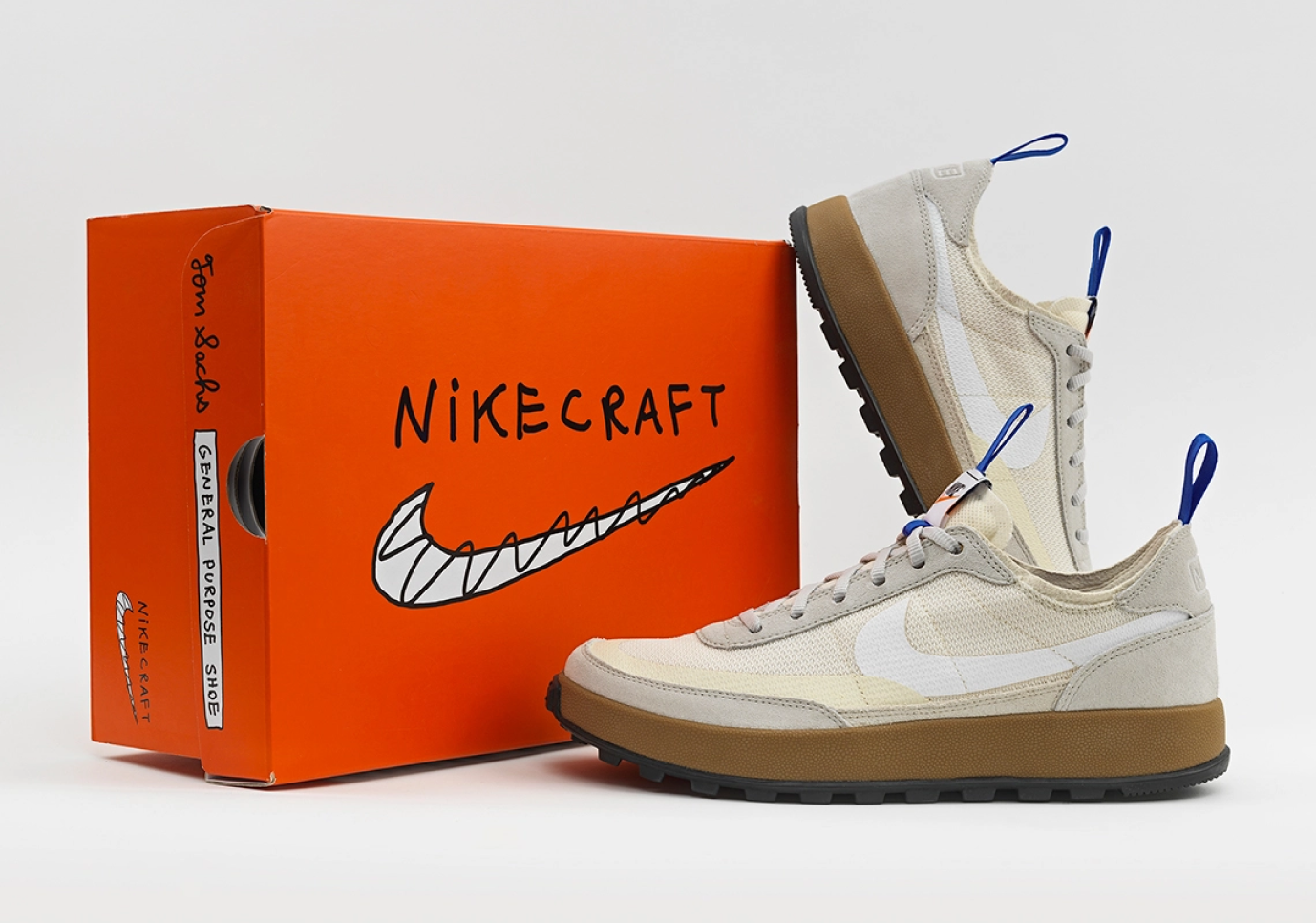
We’re all used to sponsorships to some degree. But in the latter part of the 2010s, integration across the supply chain pushed subcultural branding to reach levels of weirdness. One of my favorite PDFs of all time is “There’s No Such Thing as a Free Watch” by artist Jenny Odell. The text charts her investigation of a so-called “free watch” on Instagram, back through advertisements, to Shopify plugins, then to Alibaba, unfolding a network of “automated brands” set up to market the same $1 watch through different subcultural styles, from ritzy to surfer to minimalist. Odell’s study of “uncanny ecommerce” reveals the exact way subcultural branding intersects with the supply chain. As Odell says, “it’s $29.99 because a certain person is wearing it on Instagram; it’s $29.99 because it’s photographed next to flannel and a Chemex.” A series of brands made entirely out of code, there is no there there.
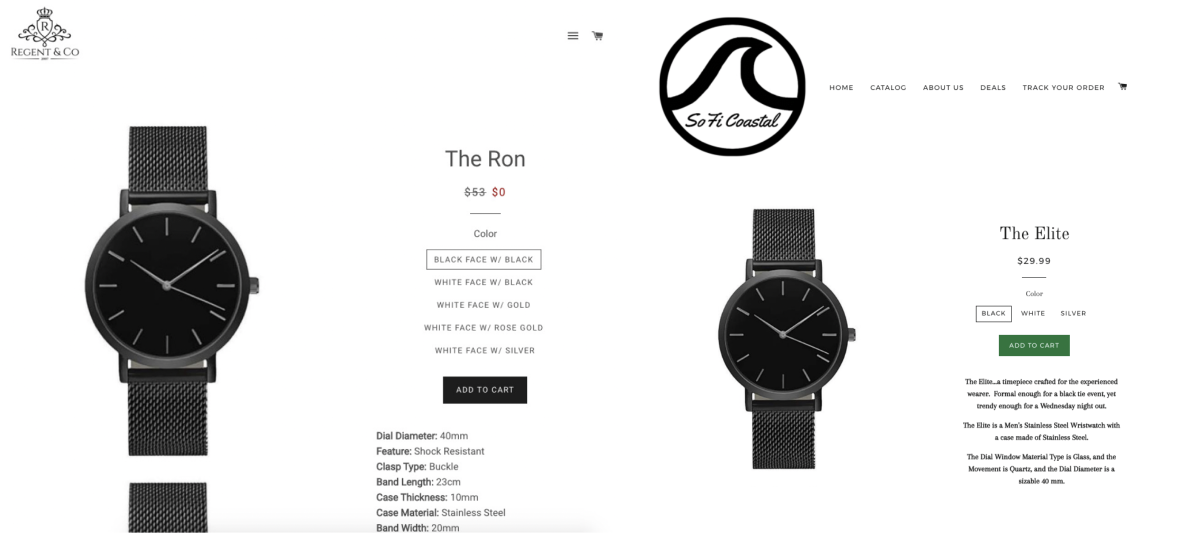
Or maybe you’ll remember the episode of MrBeast Burger. In November 2020, the popular YouTube streamer Mr. Beast launched his eponymous burger chain in all 50 states at once. How did he manage this incredible feat? The website has the answer, describing “MrBeast Burger” as a “virtual brand offering a separate concept to run out of your kitchen.” Except for a couple concept stores, the vast majority of MrBeast Burgers are run out of a network of preexisting restaurants kitchens that use the Olo ordering and delivery software. MrBeast Burger is not even a company unto itself; it is a child company of Virtual Dining Concepts, a service that creates delivery-only celebrity culinary brands.

Across food, across fashion and accessories, legal cannabis products, beverages, athleisure, skin care, supplements, and other permutations of consumer packaged goods and apparel, every manufacturing and last-mile strategy has become possible, from dropshipping to just-in-time, from small-batch to make-on-demand. Products begin their life as an unbranded commodities made in foreign factories; they pass through a series of outsourced relationships —brand designers, content creators, and influencers—which construct a cultural identity for the good; in the final phase, the product ends up in a shoppable social media post. Each step, a service rendered that turns a commodity into a cultural item, turning the logic of all manufacturing into this: your brand, our products.
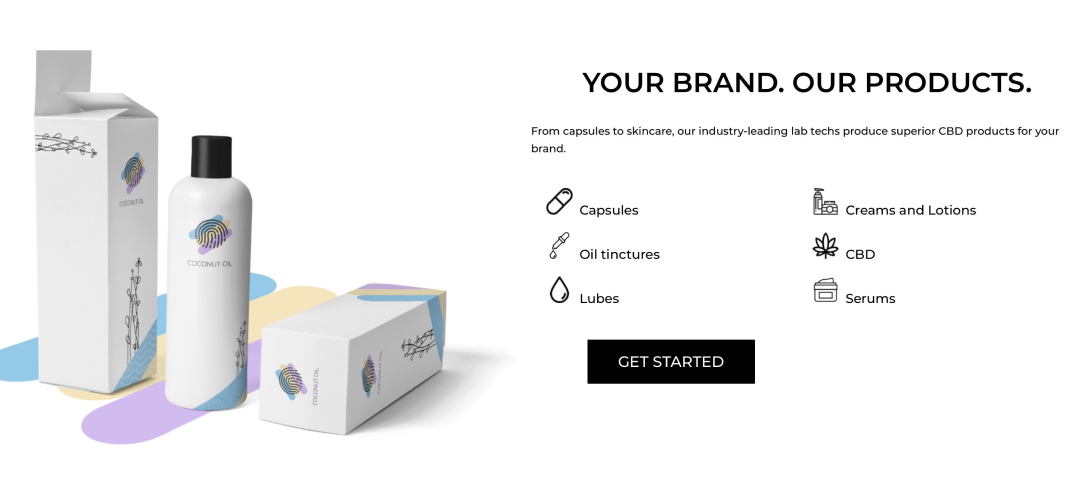
This is peak Lifestyle.
Easier than ever to launch a brand. More goods than ever. Software-enabled, integrated supply chain driven business models. An explosion of online social media cultures. These elements have become omnipresent, splashed across our lives like the patterned splotches of a magic eye book. Stare long enough, and you begin to see the whole: an economy where culture is made in service of brands. To be even more literal: cultural production has become a service industry for the supply chain.
The cultural production service economy (CPSE) isn’t about a single company, nor is it a strategy. It is an entire arrangement of culture, production, and finance, it is the way things are right now. It would be more accurate to say that the CPSE is a configuration of the entire social order.3 What Dena Yago terms the “vibe economy,” in a mouthwateringly short but brilliant series of insights, is another illustration of this “social order” based way of seeing.
The vibe economy is a collectively-oriented evolution in lifestyle— those that produce and purvey it manufacture scarcity, and one of the defining aspects is the viewing of consumer goods as investment assets where one can extract social capital or financial capital. Sneakers and apparel exist to be bought and resold via the entire experiential and pseudo-museuological culture complex that has formed around streetwear. What makes hypebeast culture different from the post-recession version of lifestyle as we know it is that aspirational, socially mediated lifestyle is about individual comparison and distinction, without an aspect of collective mood-making or participatory moments.
The vibe economy, as Dena indicates, is an intermediary step between Lifestyle and what comes next. Charting it out is a story for another day. But before stepping into the world that comes after the CPSE, I want to emphasize that viewing the world in terms of the configuration of the social order has great explanatory power. Seeing the cultural production service economy helps us understand why, for a decade, “now” has felt increasingly sophisticated but empty. It’s why, in the absence of something real to aspire to in 2010s culture, everything has become vaguely aspirational, even sugar water. As more and more young people enter into entertainment careers in a de-industrialized “creator economy,” business models supported by brand affiliation reign supreme. Once the CPSE eats a category, it can be segmented a dozen, a hundred times, filling out every price point and segment. Class mobility may be shot, but at least we can have nice things.
Unlimited availability and optionality among consumer goods has staged the final competitive battleground in the space of immaterial value, where there is no ceiling on “cultural value add” managers can jazz up a product with. Is it any surprise that brands want to become culture itself?
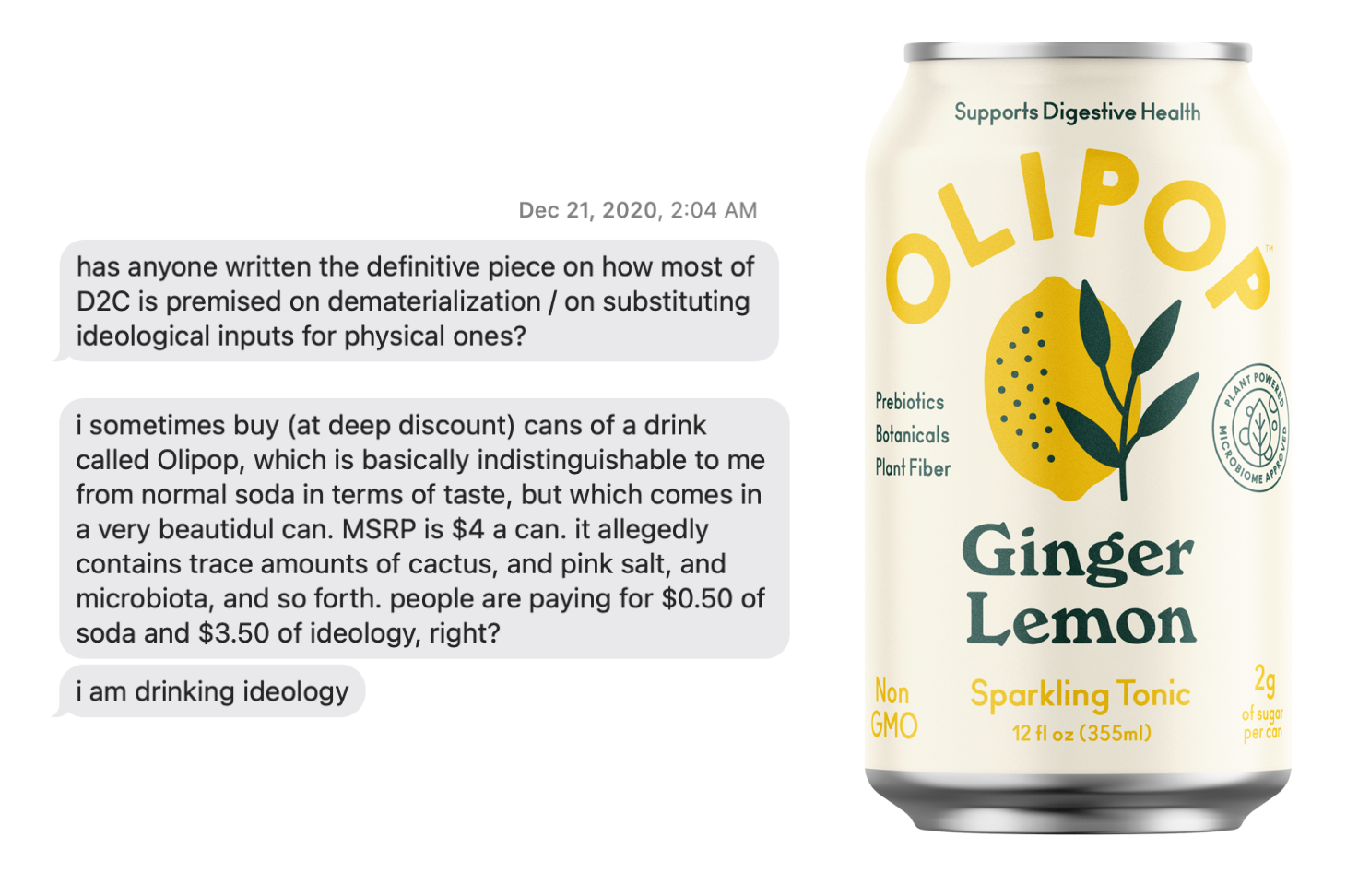 Chris Beiser, personal correspondence
Chris Beiser, personal correspondence
From Making Goods to Making Culture
I want to offer some reflections on this story of the 2010s. The essence of the cultural production service economy is that brands want to draw on these rich veins of subculture. But the way they’re doing so has become institutionalized, and in fact productized, by audience retargeting solutions and influencer sponsorship marketplaces. So much so that you could reframe this CPSE as a sort of generalized culture-washing.
Now, “culture-washing” was the subject of Naomi Klein’s famous book, No Logo, which both captured and galvanized a zeitgeist of anti-corporate, anti-globalization activists in the 90s. Naomi Klein’s subject was the multinationals—big companies like Annheiser-Bush, Nike, Apple, Roots, and Coca-Cola. Klein claimed that through expansive branded “experiences” and parasitic sponsorships of cultural institutions, brands eat away at both public space and private selfhood. For Klein, a “loss of space happens inside the individual; it is a colonization not of physical space but of mental space.” Jenny Odell’s wonderful book How To Do Nothing echoes this critique. Today it seems like Klein’s fears have been realized in the fullest possible way: in the cultural production service economy, all culture is made in service of for-profit brands, at every scale and size.
But Klein isn’t able to account for something key. Why are people attracted to these sorts of branded experiences in the first place?

Celebration, FL, via The Daily Beast.
First of all, European and American commentators of all political stripes recognize the current cultural moment as one that is stuck in some way. Endless remakes and reboots, endless franchises, cinematic universes, and now metaverses filled with brands who talk to each other; a culture of nostalgia with no real macro narrative. And there is a second common story, one about the decline of religion and the disappearance of civic culture in the US. While America used to be known for its rich culture of voluntary associations, Robert Putnam showed in his book Bowling Alone that these aspects of American life have deteriorated. Beyond our workplaces, what else is stepping in to provide a sense of community and belonging?
Internet-spawned subcultures are clearly providing one answer. And if so, it makes sense that people look to subculture-affiliated brands as part of their meaning-making journey. This is why I always thought that a common popular line of critique, “people consume brands to form their identity”, was silly. Of course they do! People are always seeing and being seen, and in some ways, owning products does constitute one form of cultural participation. Yet it is also clear that owning goods alone is not a really significant sort of participation. No matter how great the list of product recommendations in your favorite nootropics or skincare subreddit, the practices and the moral premises of a subculture always are deferred when put in company hands. Deferred in the way that buying the hottest running shoes don’t mean you’re fit. Deferred in the way that buying books from Verso isn’t an adequate expression of the leftist values it signals. Deferred in the way that buying Patagonia doesn’t mean you “leave no trace” when camping.
So to me, the problem is not with the buying, nor even with the culture-grifting of brands, but with some kind of insufficiency on the part of the companies themselves. If the meanings they have on offer are starved versions of cultural membership, then perhaps, I started to feel, the brands aren’t going far enough. Could we imagine a version of a branded subculture that was both nonextractive and meaningful?
As I struggled with these thoughts early on, I wanted to explore what it would mean for brands and subcultures to merge more fully, to offer a much deeper and richer meaning. This set me on a quest to learn about cults. I read about organizations which were abusive and manipulative, but which still managed to create meaningful practices that weren’t just based on commerce.
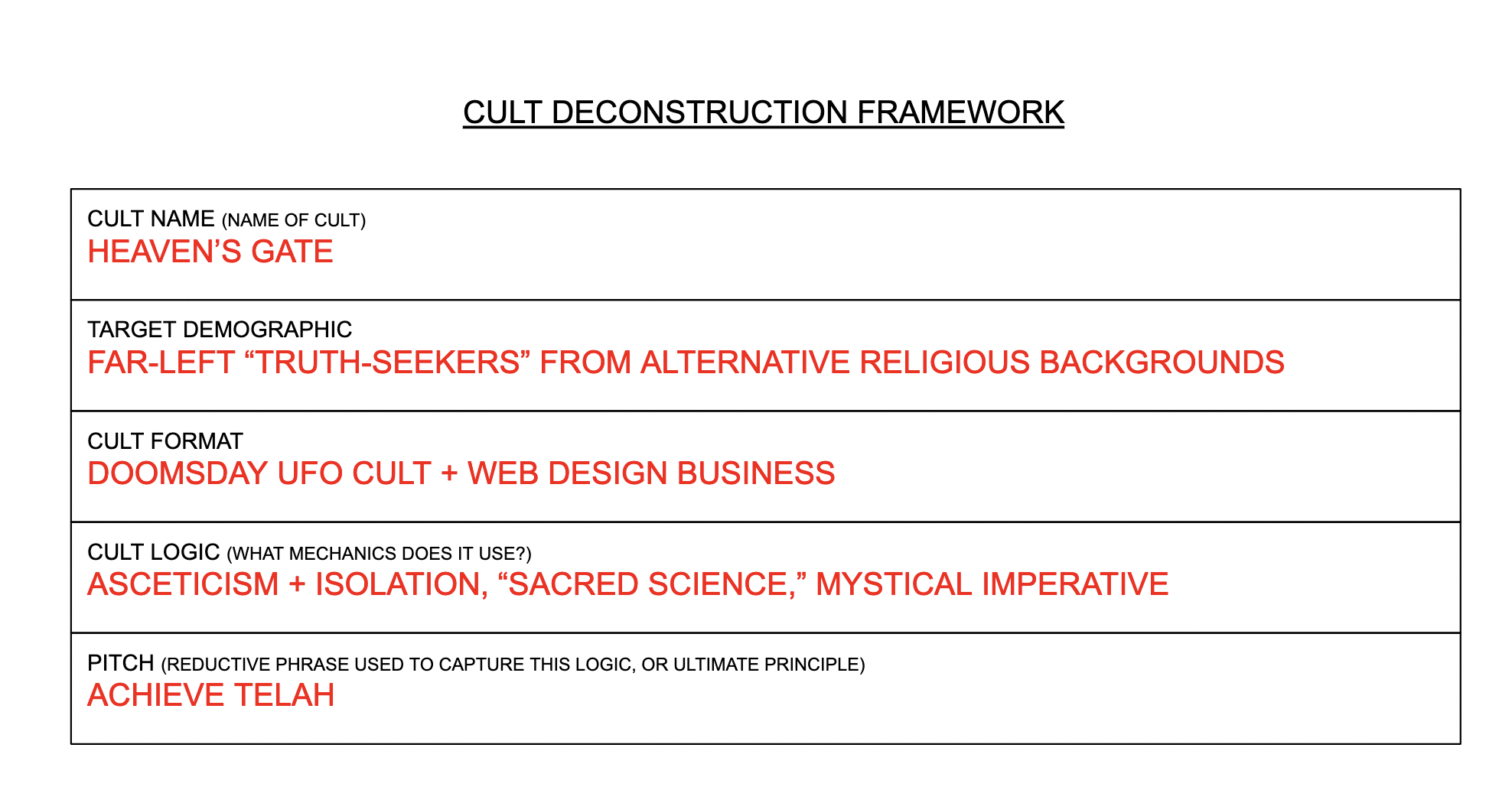
In 2018, I tested some of these ideas in a format I called “Cult Design Workshop,” in which I offered attendees a business model canvas type of template to build out a pitch deck for a whole cultural system. The idea was that my cultist participants had to think holistically, not just about products and brand symbols, but about the practices, the stories, the people and places and rituals. This wouldn’t be a brand that just points to a subculture, but an entire subculture in and of itself. We examined classic cults like Heaven’s Gate, but also things like guru Tony Robbins as case studies. In 2019 I did another workshop at Refactor Camp, exploring the difference between brands and religions. Modeled after the “horseshoe theory of politics,” a daft pop political theory which claims that the far left and right resemble one another, I introduced the “horseshoe theory of brands.” This was a similarly blunt instrument, attempting to show that brands and religions might look similar at the extreme ends of devotee attachment. By adding my cultural components—practices, stories, and so forth—brands could become more meaningful, approaching even sacredness.
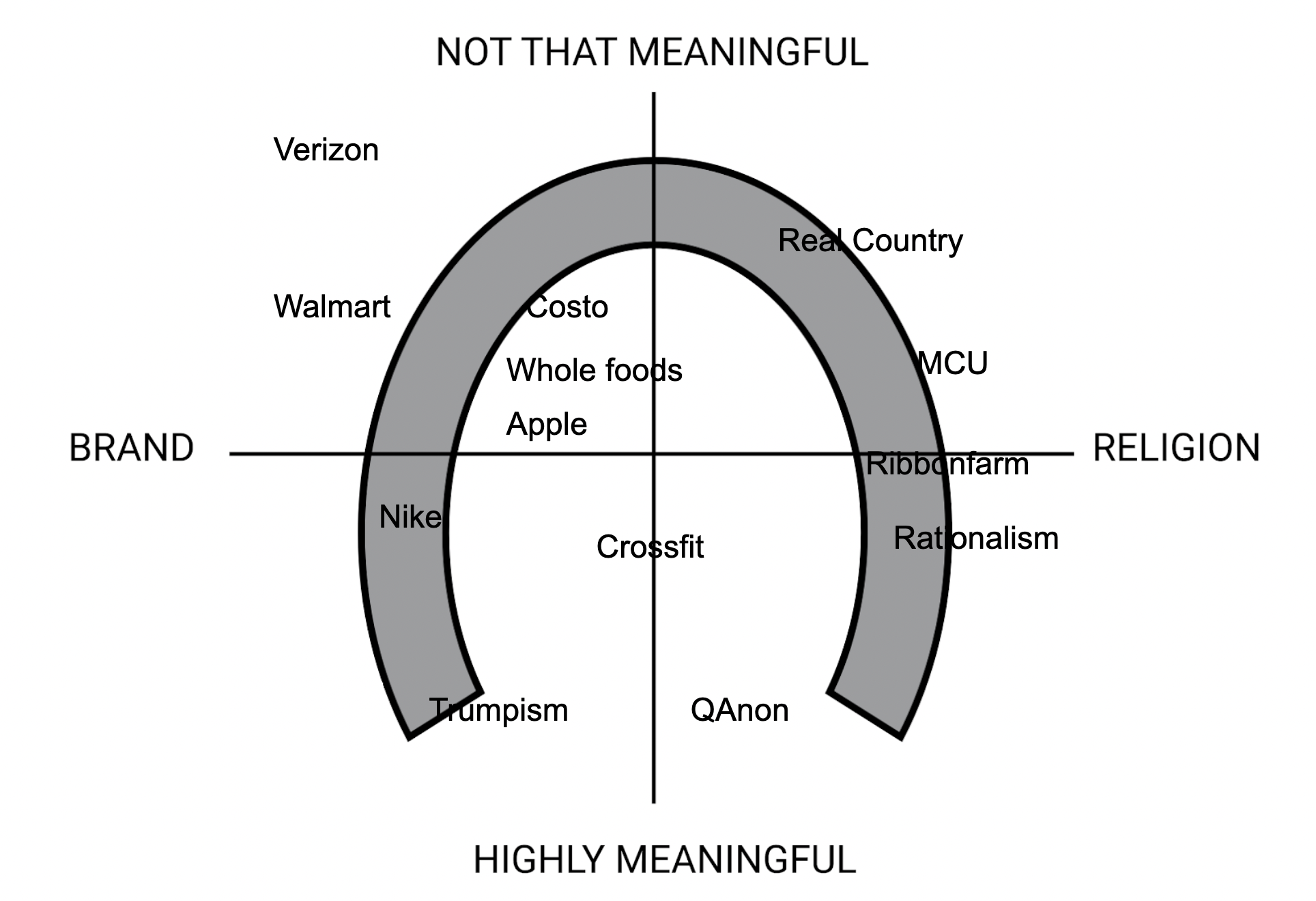
These projects landed in a zeitgeist screaming for meaning and community. Tiktok and Tumblr witches were hovering about, and the astrology resurgence was in full force. Peak Goop, peak Jordan Peterson. Redpills, “tribalism,” and online radicalization were featured in the media regularly. And as my story about the Shipt “ideology” indicates, brand strategists were also picking up on these cues. Sweater company Naadam had its “cult of cashmere” campaign. Basics brand Entireworld went to market with bizarrely culty uniformed cuddle puddle imagery. And then of course, there was LOT2046, the all-black subscription based service which distributed a basic set of clothing, footwear, essential self care products, and media content. In many ways LOT was a real cult and not a brand, and on this I’ll just say if you know you know.
The posturing of DTC brands as cults reveals an impasse. People are looking for more meaningful narratives and communities than brands can offer, and companies want to supply this “meaning demand”—but are structurally disincentivized to do so. Today, “brand values” and “activations” that are the closest brands get to living up to their subcultural affiliation. The gold standard for corporate cultural participation was Red Bull Music Academy, a branded cultural institution which over two decades became a legitimately respected music and arts organization. But it’s difficult to find a single other example that lives up to RBMA. Nike offers local “run clubs,” but so infrequently that they can only be seen as mere brand marketing. DTC goods companies of all sorts feature female artists on company blogs, but not support artists financially in any way. All in all, product marketing businesses can only do so much to situate their goods in these broader cultural worlds without eating into their margins.
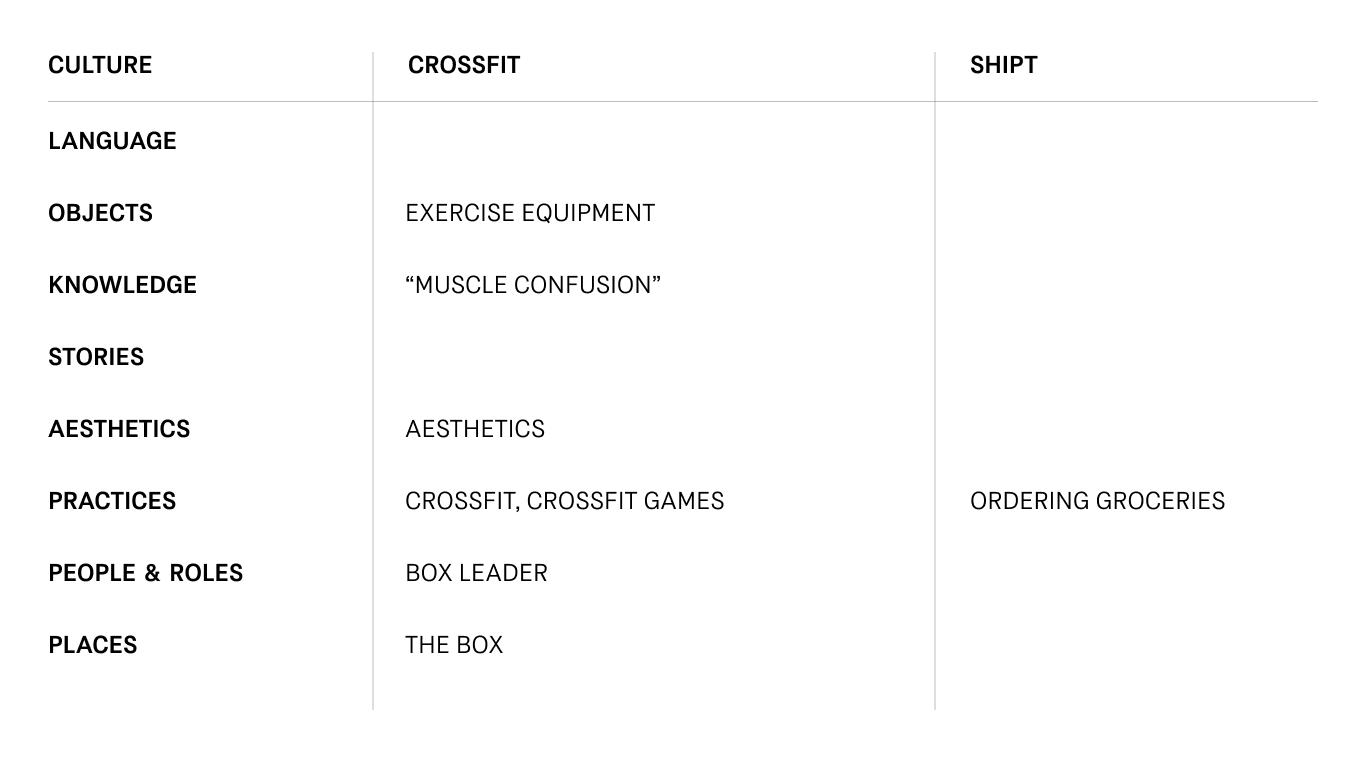
This seemingly insurmountable gap is what my workshops were trying to address. But what would it mean for brands to stop pointing to culture, and to start being it? To do so, they would have to go far beyond marketing, to offer meaningful modes of participation. Is it even possible for companies to be in service of something greater than themselves?
Actual subcultural membership has something more to offer. To be a hiker means participating in a culture of respect and awe for the outdoors. It involves moral injunctions like leaving no trace, practices that involve taking care of the earth like shitting far away from fresh water. And of course, what it means to be in religion is to share in a spiritual, moral world together, to strive for a recognition of something higher than ordinary living.
While the wack lifestyle brands may not be able to get there, other companies have been moving this direction, evolving formal properties that make them look more like full subcultures. Companies like Crossfit and Soulcycle create a sense of consistent space and ritual that inculcate deep loyalty and community among their participants. Reimagine, an organization that describes itself as “the world’s leading end-of-life events platform,” hosts paid gatherings and festivals related to death and healing. Casper ter Kuile and Angie Thurston’s landmark report “How We Gather” explored organizations like these, which do more than business for their customers; they also answer spiritual questions of personal transformation, community, and purpose-finding. This isn’t even to mention the rise of hugely popular “mindfulness” apps like Calm. Even LOT2046, through its livestreams and intimate founder monologues, managed to create a feeling of rare community, connection, and spiritual aliveness. A VC I talk with occasionally once gave me his own assessment of the cultural moment. “The obvious opportunity,” he said, “is to build a new religion.”
After the DTC era, brands have become present in every part of our lives, ambient, diffuse, meaning things to us. Sports, music, health, sleep, and person-to-person communication have become interpenetrated with brands. We all know that blue iMessage bubbles mean luxury conversation. Is luxury spirituality so absurd?


These thoughts have always been discomforting. Over time, I have reached more conviction that truly meaningful “branded subculture” is not only possible, not only inevitable, but in fact preferable to the status quo. Yet I know that is exactly what the marketers reading this want to hear. I’ve feared that talking about this is might encourage companies to do what they’re already doing better. More than culture-washing, religion-washing.
Jia Tolentino has this brilliant yet frustratingly inconclusive gonzo lifestyle investigation of the athleisure brand Outdoor Voices, which has adopted the slogan “Doing Things”. After spending time with the cofounder and visiting several athletic activities sponsored and organized by OV, she has this to say: “I went to a yoga class, wearing one of my OV outfits, before catching my flight back to New York. I had never been less able to distinguish what was good from what was profitable.” If my investor friend had his way, every brand would give you this feeling. But I share Jia’s feeling of ambivalence about the outcomes of large-scale intentional culture-crafting. Fuck a cultlike brand—what we have to ask is whether a venture-funded brand-designed culture would be any good. Because making culture is about more than making music and making graphic design: it’s about making people.
The origin of the term “culture” is best documented by the comparative literature scholar Raymond Williams, who charted its appearance in his book Culture and Society, 1780-1950. At the beginning of the 18th century, “culture” was still only a verb. It meant to cultivate the land, to encourage natural growth: the culture of leeks or potatoes or gardens. But inevitably, the term was applied to mean the “cultivation” of the social conditions for a healthy society.
The 18th and 19th century saw rapid upsets to the traditional ways of life, from the French Revolution and the controversial rise of democracy as a powerful ideology, to early manufacturing industries and changes in commercial land in Britain. Millions were left impoverished and landless, or reduced many to what elites saw as “mechanized” human beings in the factories. These trends caused British intellectuals to envision corrective measures to the wrongs of industrialism. The era saw rich debates among British elites about how to respond to the crises of poverty and moral destitution. **Some thought that the elites, a spiritual aristocracy, should define and emphasize the highest values at which society should aim. Others, inspired by the French Revolution, envisioned democratic reform driven by the people. Many disagreed on the role of the Church. But all recognized the need for the betterment of civilization as the modern nation state emerged; all shared a common concern with the type of society, the type of people that industrialism was producing.
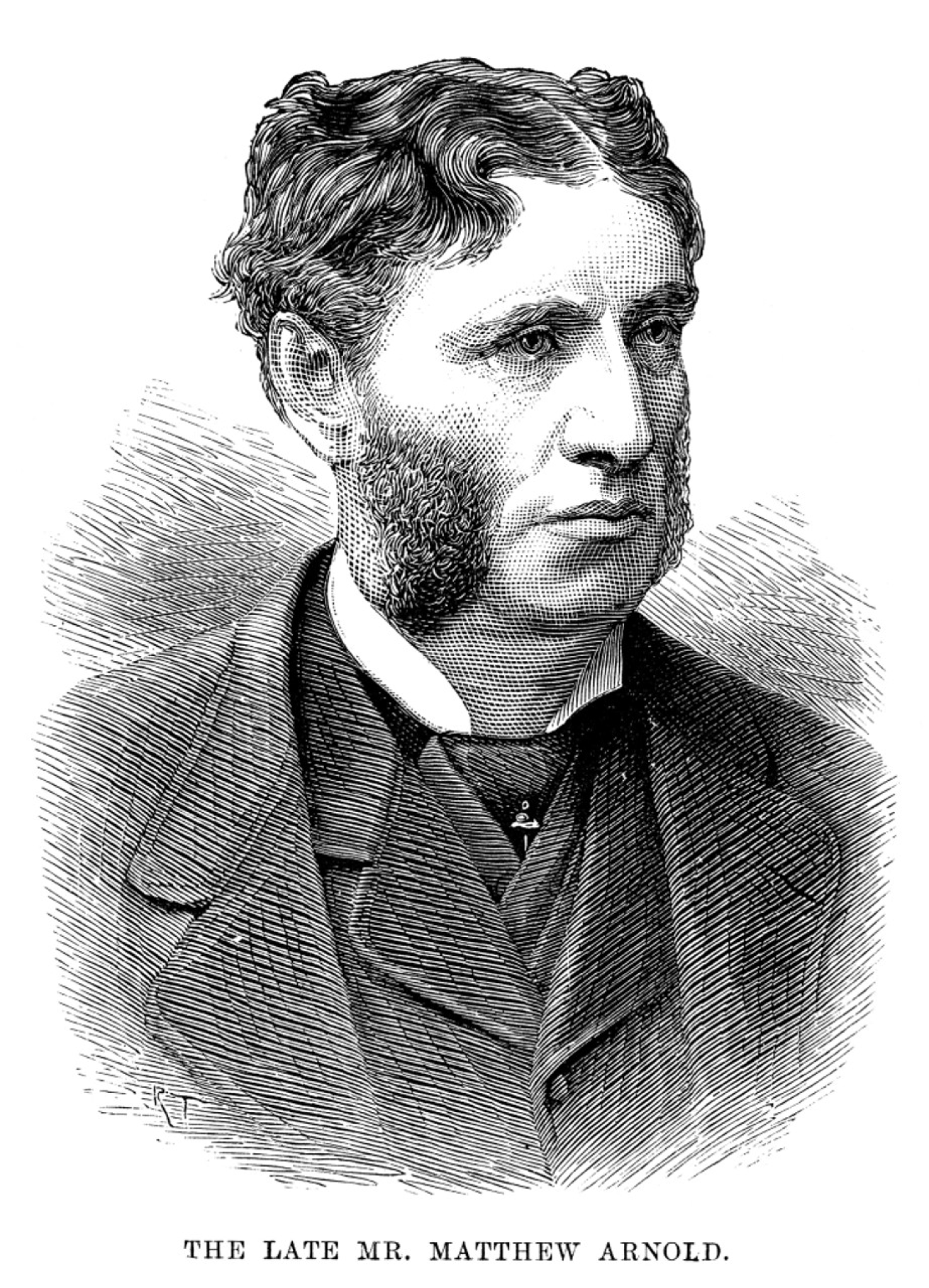
A pivotal figure in these debates was Matthew Arnold, a 19th century education reformer and anti-elitist. He believed it was the responsibility of the state, not the aristocracy, to set educational standards. “The State”, he wrote, “has an interest in the primary school as a civilising agent.” It was Arnold who turned “culture” from a verb into a noun. Arnold’s “culture” would be a pursuit of perfecting our “stock notions and habits” which he and his contemporaries feared would become mechanical and unthinking if left to the new commercial society. Culture is a process, with the end result of shaping human minds. Arnold’s writing is unequivocal on this point:
Arnold was concerned to mould these things toward the pursuit of humanistic perfection. He envisioned national culture, quite explicitly, as a secular replacement for religious virtues. And his reforms were largely successful, with his promotion of “culture” playing an influential role in the expansion of state-funded education and school taxes.
All governments will invariably seek to implant the “right kind of idea” in the minds of those they govern. But what Arnold spoke into being was a powerful moral justification for doing so in a newly secularizing political world. What I take away from this story is a contradiction: while Arnold was nominally an anti-elitist acting in good faith, he was willing to tolerate a basic division between “the masses” and a group of people who were to create this culture, to educate these minds, and to create right action. Since Arnold, politicians and government leaders have always understood culture as their tool for producing a type of society, with types of people. As Raymond Williams says declaratively: “The idea of the masses, and the technique of observing certain aspects of mass-behaviour […] formed the natural ideology of those who sought to control the new system and to profit by it.” For better or worse, Arnold’s idea of culture is not a democratic one—it is controlling.
In 2022, the term “culture” has taken on an unquestionable positive moral valence. Along with the veneration of “creators,” “creating culture” has become impossible to disagree with, and the word “community” is blessed with a similar halo of virtue. Some companies have made this the core of their brand positioning. Cultural creation is, for example, a pillar of projects like web3 creative community Friends With Benefits, or Kickstarter co-founder Yancey Strickler’s new company, Metalabel. The triviality with which these words are deployed belie the seriousness of their origin point. “Culture” may be used to refer to “tradition” (as in “other cultures”), or it may be used to refer to the vicissitudes of music and art trends, but it is neither of these things: “culture” is a social engineering project.
Today, social media has become a more perfect tool for culture than Arnold could have imagined, and its use a science of penetrating the mass mind. All communication now approaches propaganda, and language itself has become somebody else’s agenda. Little neutral ground remains outside of this “economy economy.”
It’s curious that appending the word “economy” another word to make a phrase, as in “experience economy,” lsharing economy,” and “passion economy” is largely a rhetorical device used a to signal the phrase-coiner’s interest in financial gain and indicate an investable category
— Toby (@tobyshorin) September 24, 2020
For those who wish to fashion culture for others, be they brands or DAOs or governments, there is no escape from this economy of influence, nor from the stakes.
Life After Lifestyle
Now we know what culture is. So it is finally time to talk about the way that new cultures are being made, and how this has changed from the lifestyle era. The social order is reconfiguring once again, and we are all shaping it in some way.
We are still living under the cultural production service economy. The supply chains are still online, streaming goods of every variety from China and Indonesia and Turkey and Vietnam to the United States. But in a key way, the logic of Lifestyle is inverting.
The Lifestyle era was not about creating culture; it was about attaching brands onto existing cultural contexts. It was not about shaping people; it was about sorting consumer demographics into niche categories. The new order we are entering into reverses this. For some organizations, culture has become the product itself, and products have become secondary, auxiliary, to the production of culture.
Here is a simple case from the current outdoors craze happening in France, courtesy of my internet friend Romain Coste. Triple Sphere Hiking Club is a branded hiking and backpacking society. It has a logo, t-shirts, zines—everything you might expect from a lifestyle era brand. But Triple Sphere Hiking Club is is not a product business, or a brand activation of an outdoors gear company like Salomon. It started and remains a community: an excuse to get people together, to be in company and to perform the practice of hiking. There are a dozen similar groups in sporting scenes of all types, and some of them have grown enough to obtain brand partnerships or collaborations.
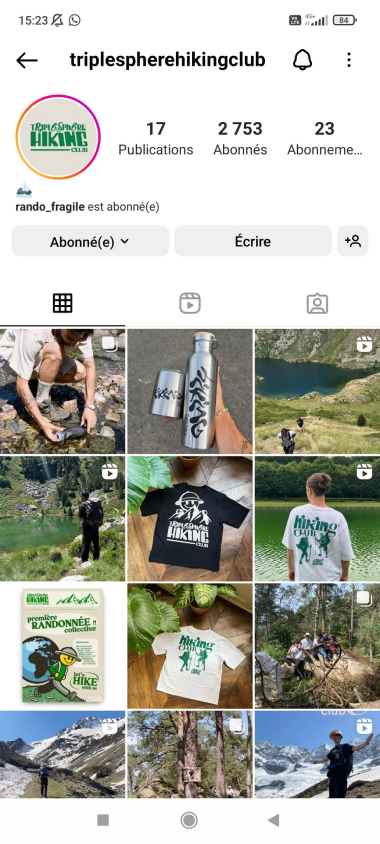
In the old world of broadcast communication that Naomi Klein wrote about, promotion was limited to a few channels, so multinationals with massive advertising budgets had the power to sell a brand monoculture. Now every night, on Twitter, on Instagram, on TikTok, we scroll and see brands smushed up next to real people in the feed. Branding altogether has become more personal—now, you create your own interpretation of a subculture. As a consumer, you subscribe to one vision or another: what’s your version of hiking out doors? What type of vibe are you about? Purist? Gorpy? High intensity? Meditative? But in all cases, the branded subculture itself is the main thing, while the role of physical goods is diminished. Their job is not to drive value, but to add another layer of depth to the community, to enshrine the practices. In the case of larger corporate partnerships, the audience for the products does not have to be pieced together from various demographics; it is the participants in the already-existing branded subculture.
These miniature community brands showcase how the CPSE is being extended and built on top of, rather than superseded entirely. The countless skate brands of the last decade, more often than not just a few homies throwing screenprinted tees onto an online storefront, can be seen as early versions of this form of subcultural interpretation. But other branded entities go much further, equipping subcultural development with powerful revenue models.
Bitcoin and Ethereum in their early days are paradigmatic examples. When you bought Bitcoin and Ether, it’s with the knowledge that there was also a culture there to become part of. Now years later, there are many tribes to “buy into,” from Bitcoin Christians to Bitcoin carnivores, from Ethereum permissionless free market maxis to Ethereum self-organizing collective decentralized coop radicals. Even if none of these appeal to you, you still end up becoming what “the space” (crypto’s collective term for itself) calls a “crypto person.” The creation of more and more “crypto people” is driven by the new revenue model cryptocurrencies exhibit. The business logic of these tokens is “number go up,” a feat accomplished by getting as many people to buy the token as possible. In other words, the upside opportunity is achieved with mass distribution of Bitcoin and Ethereum culture—the expansion of what it means to be an ETH holder into new arenas and practices. Buyers become evangelists, who are incentivized to promote their version of the subculture.
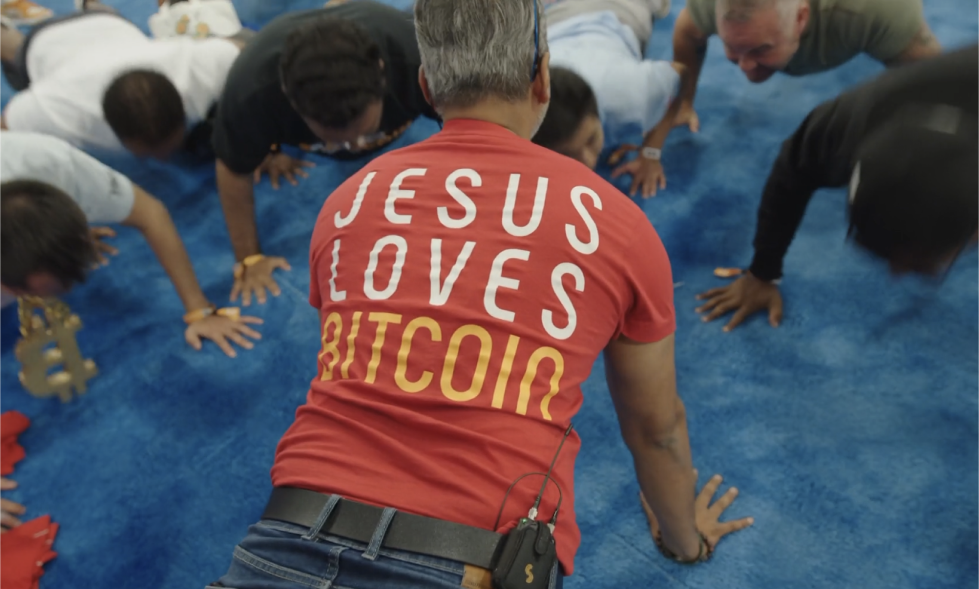
Evangelism is a critical term for understanding this new cultural logic. While “communities” may be the term that these organizations use to describe themselves, they are frequently rich with explicit spiritual content.
The founders of Soul Cycle have a new company called “Peoplehood.” Peoplehood is a relational group practice, similar to Circling or its more older cousin, group psychotherapy. It delivers the community and bonding that people came to Soul Cycle for, minus the exercise bike. In a recent interview, founder Julie Rice said “we realized that connection should be its own product. We are modern medicine for the loneliness epidemic.” This is a brand that is about the practices and beliefs. Peoplehood describes the studios where they “scale human experience” as “digital and physical sanctuaries.” Is this a class about human connection, or a Quaker meeting room?
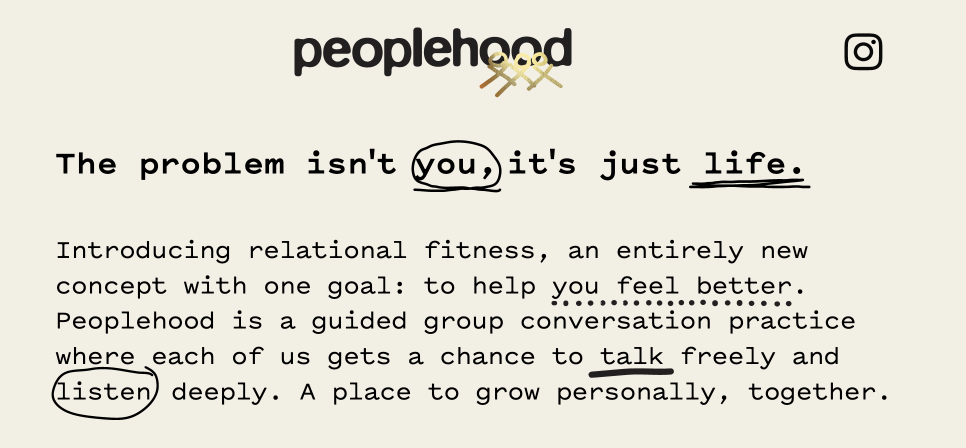
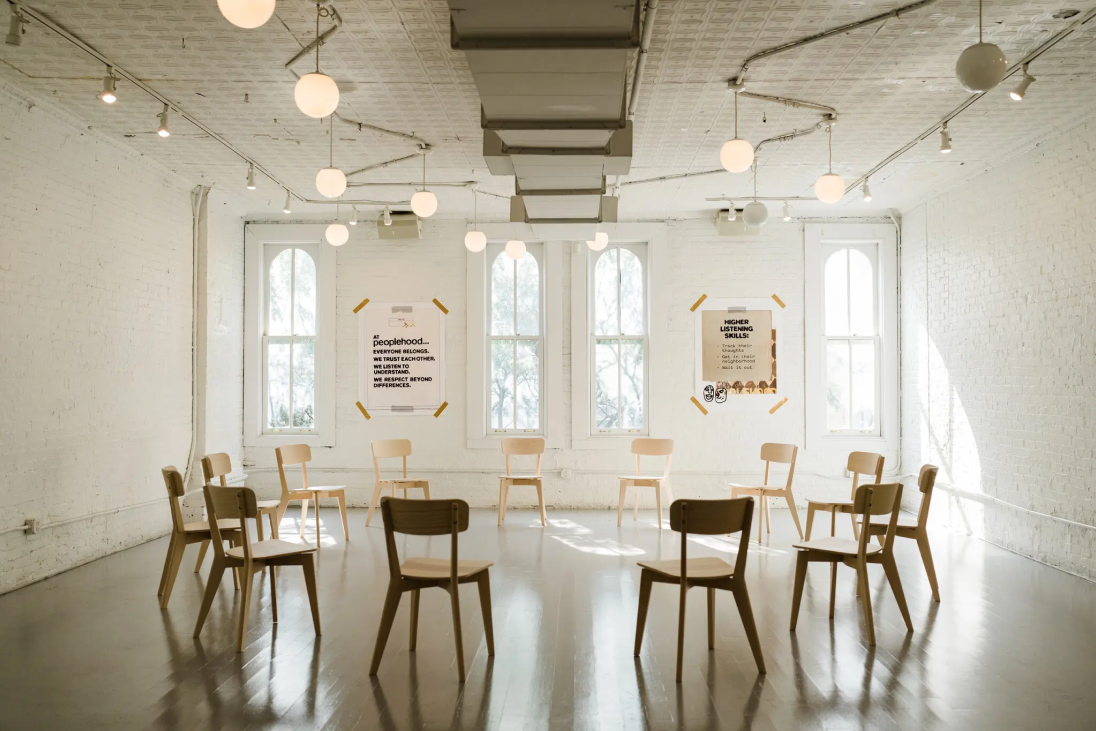
Then there’s Effective Altruism. EA began as a generalization for a number of organizations, some growing out of the rationalist community, others focused on evidence-based charity, and others promoting the idea of “giving what we can.” But as isms are wont to do, this blanket term has become the thing itself: now you can identify as an Effective Altruist. EA promotes policies that are modernized versions of tithing, based on moral philosopher Peter Singer’s notion of impartial giving. Adherents are encouraged to give away at least 10% of their wealth to the most impactful, underprioritized, and long-termist cause areas. EA’s relationship with rationalism has made it popular in the tech community, boasting a growing number of high net worth founders among its proponents. EA, like Bitcoin and Ethereum, is a sort of headless brand; because it is a philanthropic approach, it attracts wealth by design, and its network effects are growing. With its focus on existential AI risk as a chief cause area, EA even has an eschatology—a theory of the end of the world. As far as newly designed cultures go, EA is the closest thing we have to a new religion.
Let me summarize the differences one more time.
In the 2010s, supply chain innovation opened up lifestyle brands. In the 2020s, financial mechanism innovation is opening up the space for incentivized ideologies, networked publics, and co-owned faiths. Liquid cryptocurrency tokens empower speculative cultural projects with monetary policies that create FOMO (e.g. Ethereum, FWB); NFTs enable membership and monetization of whole aesthetics (e.g. Milady, Nouns). Time will only tell how crypto’s forays into urban planning will change the nature of civic cultural identity, but in the meantime, some people choose to directly subscribe to digital communities that supersede the neighborhood, sending a stream of payments their chosen site of belonging (e.g. LOT2046, The Nearness).
Under CPSE models, companies brand products. They point to subcultures to justify the products’ existence, and use data marketing to sort people into starterpack-like demographics. Subcultures become consumerized subcultures, composed of products. In the new cultural economy, the culture is the product. It is composed of practices, ideas, and discourses. Products are auxiliary, supportive, but not the main event. And most importantly, people now opt into these designed cultures with full knowledge and awareness that these cultures might change who they are. The authenticity-driven culture of ironic detachment, so present in the early 2000s, has given way to a moment where people are genuinely open to being influenced, open to sincerely participating, even if it’s cringe.
Once upon a time I wrote the following sentences.
Yet now, as Dena Yago says, “you can like both Dimes and Doritos, sincerely and without irony.” If we no longer see brands and commodity capitalism as something to be resisted, we need more nuanced forms of critique that address how brands participate in society as creators and collaborators with real agency. Interest in working with brands, creating brands, and being brands is at an all-time high. Brands and commodities therefore need to be considered and critiqued on the basis of the specific cultural and economic contributions they make to society. People co-create their identities with brands just as they do with religions, communities, and other other systems of meaning. This constructivist view is incompatible with popular forms of postmodern critique but it also opens up new critical opportunities. We live in a time where brands are expected to not just reflect our values but act on them. Trust in business can no longer be based on visual signals of authenticity, only on proof of work.
These words conclude my essay After Authenticity. It took me about a year to write that essay. I started it trying to understand why the idea of “authenticity” was no longer relevant, and ended it discovering moral theory. Authenticity, I came to understand, was more than a culture of irony and suspicion of everything commercial culture has to offer. It drew on a deep moral source that runs through our culture, a stance of self-definition, a stance of caring deeply about the value of individuality.
But through the research and writing, I managed to convince myself of something genuinely surprising. If authenticity culture was being eroded—by the paradox of its own scale, by internet cultures built on togetherness, by memes and Likes and whole way the internet turns attention into shared value—then it may be the case that the deeper moral source may also be undergoing a paradigmatic transformation. If people could unironically like brands now, maybe in the near future they would be comfortable opting into a culture premised on collectivity, rather than individualism. Perhaps they would be ok letting someone convince them of what is good, what a right way of life is. Perhaps they would no longer feel the urge to become unique. Perhaps they would find home and belonging in sameness, or even, I thought, faith.

This essay has taken nearly six. When I wrote my first ideas down in 2016, I thought it would take decades for businesses to bridge the impasse of living up to their stated “brand values” with meaningful ongoing practices, and come closer to the subcultures they grifted on. But in the intervening years, I’ve seen things that have changed my mind. Fandoms tens of thousands strong organize to worship pop idols. Founders broadcast their ambitions to create new cities and nations founded on moral premises. On TikTok, global networks of people share ritualistic practices, from body movement to prayer. Cryptocurrency alone has drastically accelerated what I thought would come, furnishing subcultures with powerful financial mechanisms.
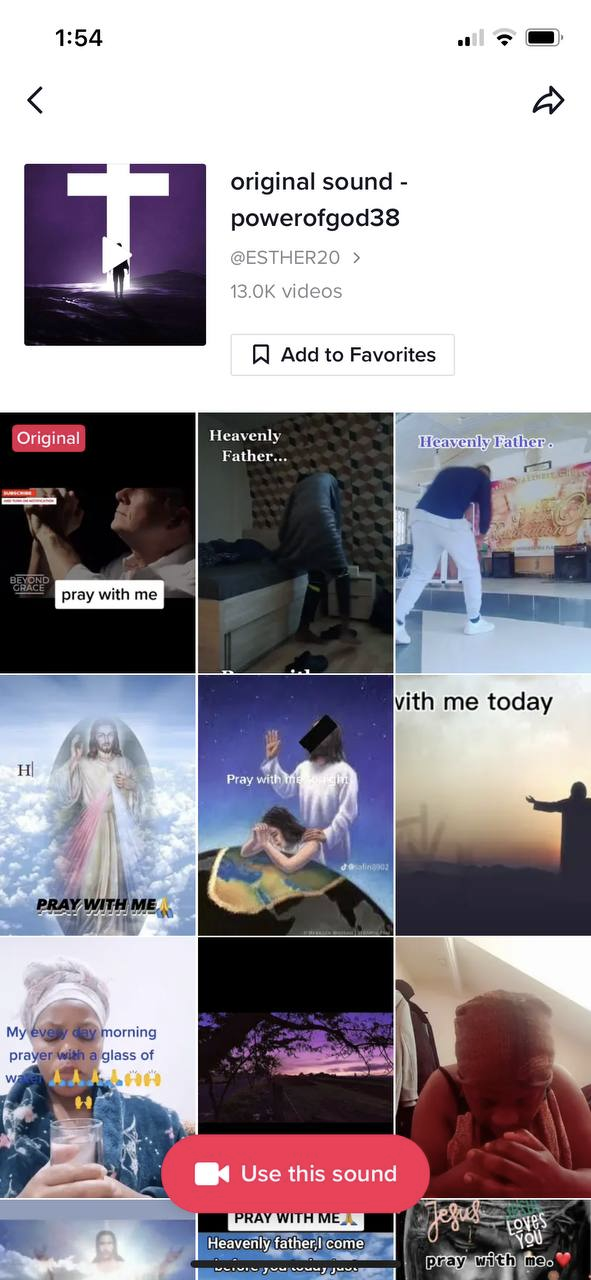
I have occasionally been asked why I’m obsessed with brands. The answer is that brands are things made out of belief. They are amorphous *meanings* that structure our relationships; they are already the same sort of thing that a religion or a culture is. With the cultural production service economy, and now with cryptocurrencies, all of the ingredients for social transformation, not to say upheaval, are in place. We are transitioning out of the era of Lifestyle, and into an era where the production of culture is valued—both subjectively and financially—on its own terms. From an era where brands are designed to sell products to an era where brands are designed to be culture, to transform lives, to instill beliefs.
While I started as a bystander, I can no longer claim to be a neutral observer of these developments. Thinking and writing about these issues has brought me into conversation and collaborative partnership with people who are working on large-scale cultural engineering projects. Nadia Asparouhova, independent researcher and author of the book Working in Public, has been advocating for what she calls idea machines: “self-sustaining organisms that contain all the parts needed to turn ideas into outcomes.” She hopes to see a renaissance of new philanthropic initiatives as big as Effective Altruism, with a vast array of creative and optimistic social agendas. Yancey Strickler, co-founder of Kickstarter, is building a new company called Metalabel. According to Yancey, labels are startups for culture: exist to promote a specific aesthetic, region, or point of view, to fund, distribute, and promote culture of one kind or another.
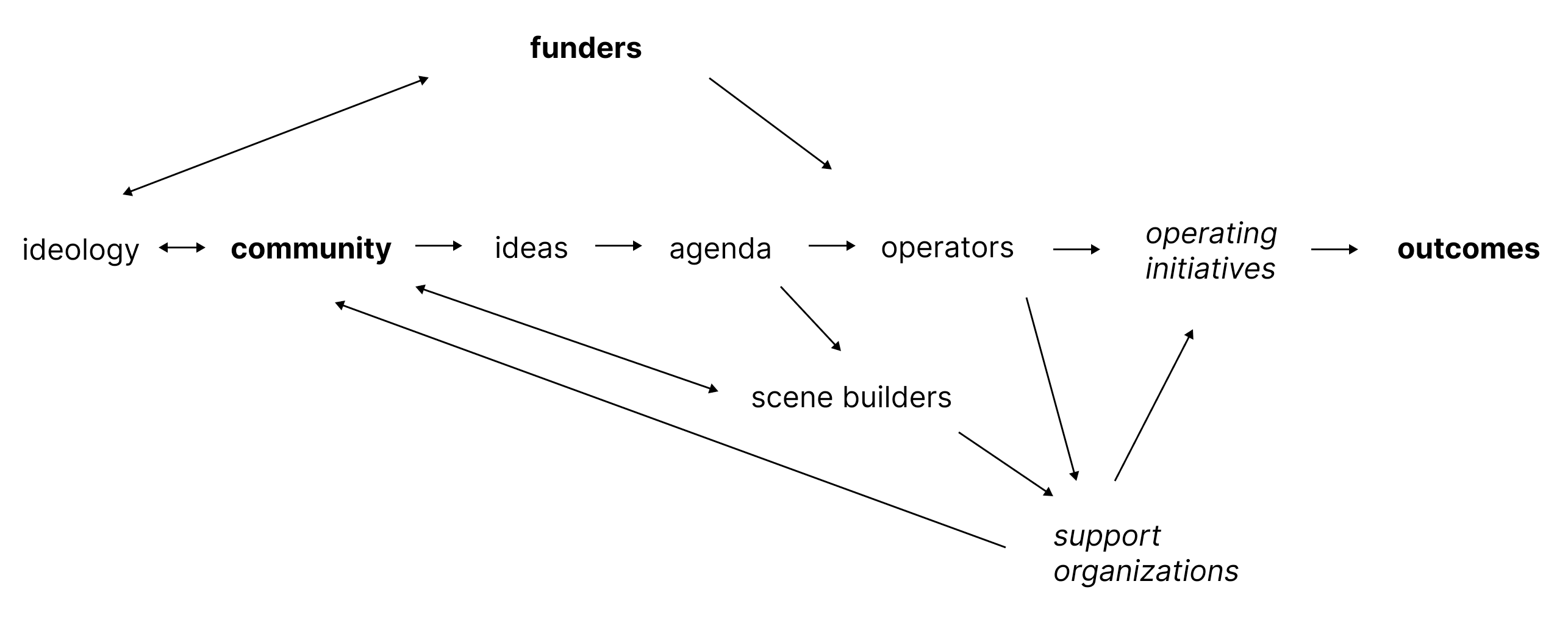 Nadia Asparouhova, Idea Machines Diagram
Nadia Asparouhova, Idea Machines Diagram
My role in these and other projects has been very small. But I keep ending up in rooms with people who want to seed new -isms into the world. It’s hard to know what impact I’ve had, but through these collaborations and friendships, my own agenda is becoming more clear. For one, I think it’s healthy to share my ambivalence; only from a place of sobriety can we act with full responsibility. And secondly, I find myself encouraging people to stay away from being meta. As enthusiastic as I am about more tech wealth pouring into cultural initiatives, the regranting programs that are now so popular are just like software platforms: they outsource your own agency to some imagined future actors. I keep asking people to get more specific about the culture they’d like to see. What do you think it would be good if there was more of? What do you wish people were spending more of their time on? Instead of building a culture-agnostic platform, can you find a way to support that? To encourage that?
The further from goods and services you go, the closer you get to ideology and belief. If it’s the case that the goods and services are a means to a different end rather than the other way around, the question is: what are you leading your subscribers towards?
As founders, community leaders, and shapers of these new cultures, this is the most important question we have to ask. Because we’ve seen that we’re not only creating culture: we’re producing personality in people. In other words, we’re creating types of guys.
we've replaced cultural zeitgeists with types of guys and I think that's beautiful
— alice maz (@alicemazzy) December 17, 2021
The realization that producing culture is about producing types of personhood is the central issue of this new cultural economy. Systems of belief are sticky, compelling. Culture can be generational. This is both the opportunity and the risk.
In the most cynical version of this new world, culture designers are inculcating types of guy who are profitable. The customer lifetime value of a believer is potentially far greater than a user. Founders could easily design a culture with bells and whistles, upsell opportunities, and a permanent model of extraction. Here we approach something like David Phelps’ reductive view of religion as gamification: cultures designed in the image of medieval Catholicism, with its marketplace for indulgences. Moral worth is equated with how much you are able to spend on salvation. Or worse, we could see a boom of dangerous new age cults like NEXIVM or Aum Shinrikyo.

In the best version of this world, culture designers are inculcating people who are caring, giving, and selfless, or who take action to improve the world and the lives of those around them in some ways. Encouraging practices that are lifegiving and loving and meaningful on their own merit. EA, to its credit, has something to admire here. The judge of a subculture is not its stated axioms, but the type of people who identify as its members.
Yancey says that metalabels are like startups for “any kind of cultural project: from art to activism to community projects to efforts to establish new points of view.” But a record label like Factory Records is very different than an activist group like Extinction Rebellion. XR promotes culture of a fundamentally different sort. The knowledge they share is awareness of climate disasater, the people are leaders and participants, the places are government centers where activism takes place, and the practices are demonstrations and nonviolent civil disobedience. You may not agree with Extinction Rebellion’s approach, or even its premise, but you cannot deny that it is qualitatively different than a record label, and that its purpose is somehow higher. If Extinction Rebellion is creating culture, it is inculcating a “type of person” who cares about something greater than him or herself, and who takes action in service of all beings.
Friends With Benefits, the crypto x culture community, is a final intriguing case study. FWB began with a set of well known figures—Trevor McFedries, Chuck “NoPattern” Anderson, Holly Herndon—and attracted likeminded members. It throws music events and parties, the practices, and it promotes a different way of thinking about crypto and culture. Its canon is Squad Wealth, it shares in the stories of its legendary musician members, and it creates knowledge for how to monetize creative works, while also providing an audience for those works. While it does have some brand collaborations, like the FWB Taika coffee, it has the token-based business model of expanding belief. Recently, FWB threw its first physical festival at Idyllwild Arts Academy, an arts high school in the San Jacinto mountains, with events ranging from this essay, to conversations about mental health, to legendary designers talking about NFTs, to James Blake DJ sets, to Kei Kreutler’s mind-expanding discourse on mnemotechnics. That a single community has gathered such an influential set of culture-makers is already an achievement. But the type of person that FWB encourages its members to become is still an open question.
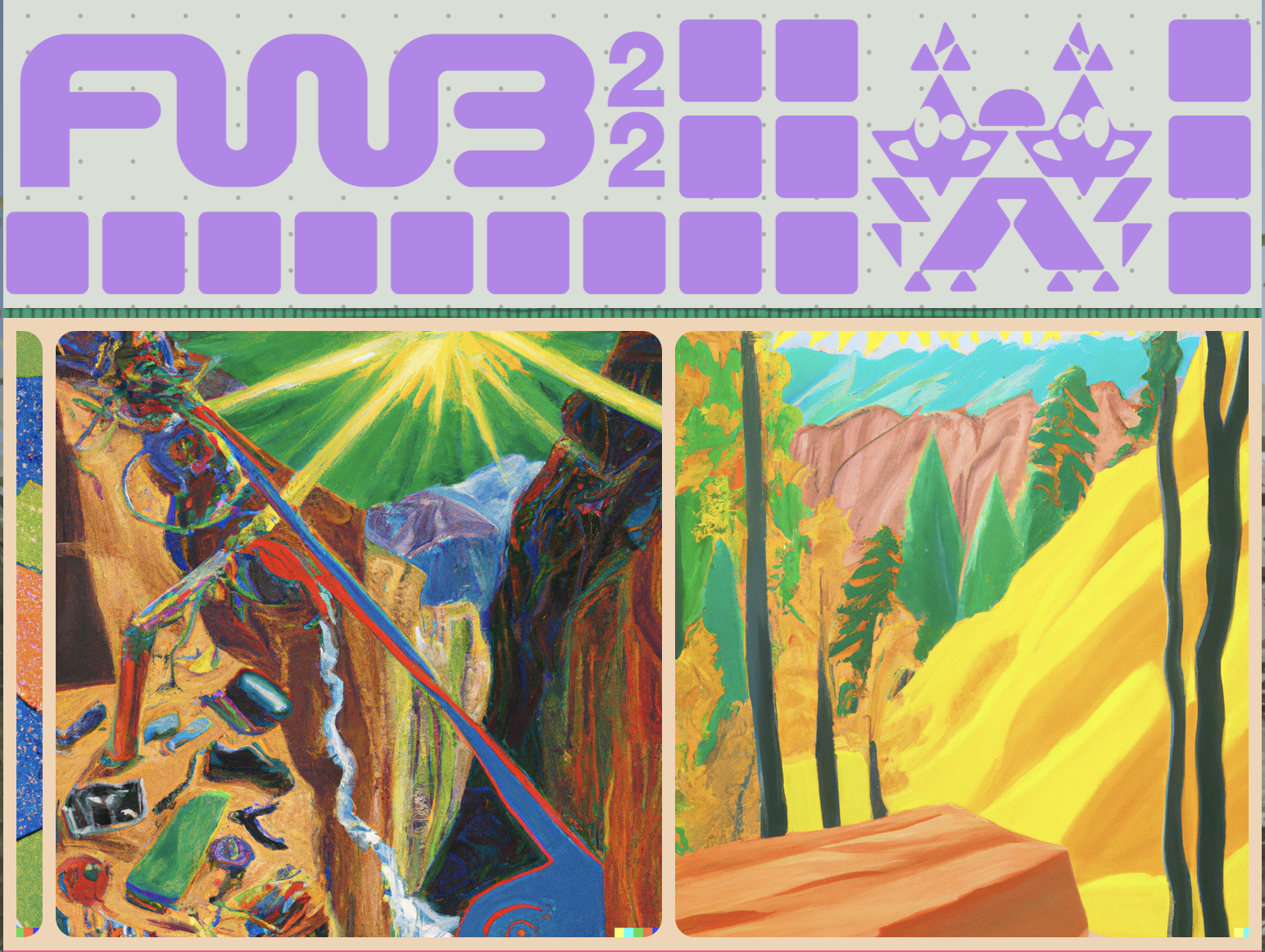
While FWB’s primary home is a Discord server, a FWB has a notion of “neighborhoods” and local engagement in the cities they operate in. Perhaps in the future FWB will extend its culture to new types of civic participation or mutual aid. Of course, there’s always room for “culture” that is simply there to entertain, enthrall, to get lost in the resonance of music and art, and to have fun. But FWB’s outsized influence and undercurrent of sincerity makes me hope it will grow deeper roots wherever it touches down on IRL land.
In my 20s, I felt we had no choice but to surf the endless floodwaves of digital cultures. But with things like QAnon, we’ve seen that creating culture doesn’t always lead to good outcomes. Wrestling with this topic has brought me realize I can not be agnostic to cultural acceleration. I have become much more curious about what the great religions of the world have to teach us. Christianity, Islam, Judaism, Buddhism, Hinduism—they are not perfect, but they offer extraordinary wisdom about what practices of belonging, charity, compassion, and good conduct look like. My organization, Other Internet, advises a new religious community called The Nearness. Incorporated as a cooperative, it is a subscription service that takes people on four 10-week pathways over the course of a year, teaching on a variety of themes such as “deepening your spirituality” or “your relationships,” while teaching practices of prayerful reflection, journaling, and meditation. But the “doctrine” here is simply a modernized adaptation of existing Judeochristian sources. And arguably, if Kanye succeeds in his massive cultural engineering project, his music, housing, and apparel will become portals to Christian life.
Starting a community is hard. Starting a religious organization—an ideology, a monastic order, a church, a ministry—is harder. I won’t pull punches: tech founders and D2C brand builders are not yet prepared to operate communities that are first and foremost spaces of moral influence. The founders of the Nearness, Casper ter Kuile and Alec Gerwitz, might be. One is a divinity school graduate and both have spent years in faith communities. But over in EA and adjacent Rationalist spaces, we hear about drama, allegations of abuse, and sentiments that EA can be dehumanizing. Even psychologically healthy people can power trip when they become perceived as leaders. No matter our measure of traditional success, without effort dedicated to our own emotional and spiritual development, founders like you and I risk becoming hubristic and manipulative when put in positions of moral authority. Professional psychologists undergo years of training and therapy before they can open their own practice. How do culture designers learn how to make their sacred spaces safe and nourishing?
So many of these new communities are formed online first. I wonder about ways they can tap into rich veins of existing culture, to ground themselves in the bodies of knowledge, ways of being, and memory practices that have already outlasted us. This firm ground may be a much older bedrock of belief, or it may be the local food systems that give us life, or it may be the histories of places we make our physical homes. By accepting that these newly designed cultures are meaningful to us, we have already gone beyond the idea of “real” versus “fake”, or “authentic” versus “inauthentic” culture. Yet tradition is something different, handed down through mediums of memory, by opening up to which we transcend reason and find communion with those who have come before and will come after us.
I’ve shown you the model. But I’m also showing you the new questions it opens, and encouraging us all to act from a place of understanding the stakes. For the last decade, it has been hard to imagine a world outside of the cultural production service economy. But we are leaving branded lifestyles behind, and stepping into a new world of belief, faith, and meaning. What types of culture is worth creating? What types of people do we want to become? Whether as founder, stewards, leaders, lurkers, diehards, or members, it is we who will shape and be shaped by these new cultures of belief. The culture is now the product. But it’s a product of us.
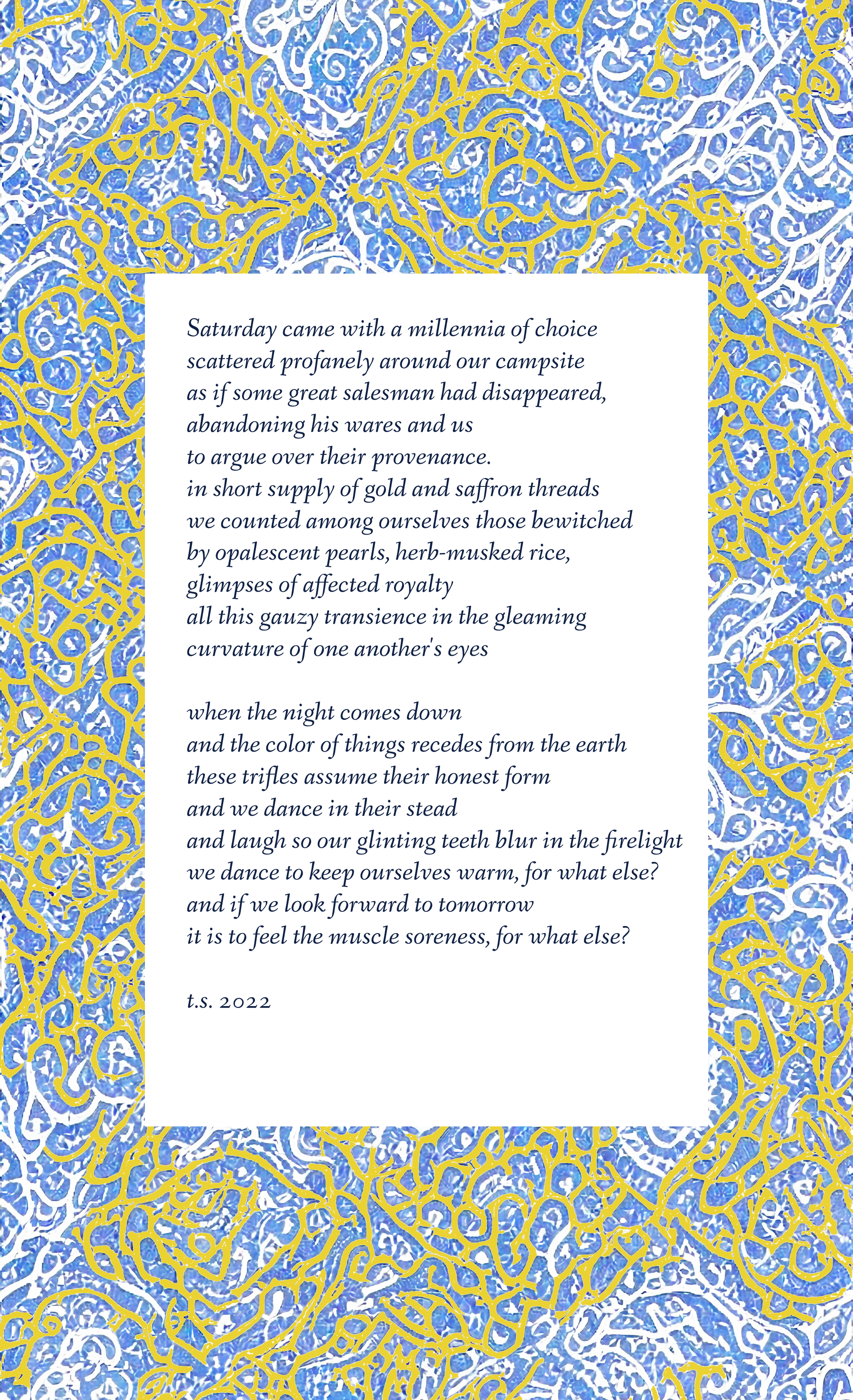
Thank you to my friends, peers, and contemporaries whose brilliance shaped these ideas over the years. I am deeply indebted to Darren Kong for his realization that cultural production becomes a service economy, and for countless conversations in 2017 and 2018 that helped form the foundation. I am equally indebted to Dena Yago, always a model and inspiration, and now friend and collaborator. And I am equally indebted to Aaron Lewis for his deep intellectual partnership, and for pulling on that thread with me. In no particular order, I am grateful to Betty Wang, Jake Naviasky, Jimmy Young, Bryan Lehrer, Libby Marrs, Brenden Savi, Hugh Francis, Kei Kreutler, John Palmer, Yancey Strickler, Carson Salter, Drew Austin, Casper ter Kuile, Chris Beiser, Ankur Sharma, Kara Kittel, Nadia Eghbal, Laura Lotti, Max Niederhofer, Alex Zhang, Jose Meija, Sam Hart, Yatú Espinosa, Tiger Dingsun, Tom Critchlow, and to my brother Kyle Shorin. Special thanks to Alex Zhang and FWB for many enlightening conversations and for giving me the stage to share these ideas for the first time. Special gratitude to Patrick Steadman and Edouard Urcades for co-creating the first iteration of Cult Design Workshop, and to Jake Hobart for the “Our Brand. Your Products” image. Thanks and filial piety to my internet aunt and uncle, Sarah Perry and Venkatesh Rao. Eternal thanks to Other Internet Peer Review, Learning Gardens, and the Lore Zone.
-
The tangle of contemporary fashion signifiers resists aesthetic categorization altogether, which is why I say that price point, rather than quality of material or manufacture, is the only possible determinant of class. In other words, people really do be paying $565 for Balenciaga Crocs. ↩
-
I will refer to this model throughout this piece as “components of culture,” although in my previous work, I sought to generalize “culture” to “systems of meaning.” These compositional elements are present to varying degrees in every culture, and each element supports each other element in multifacted ways. For example, we can examine the relationship between narratives and artifacts. Narratives give historical, shared meaning to objects. Through a narrative, an object is located in a story that communicate its history, importance, use value, and appropriate methods of use (c.f. practices). As for the artifact, it makes the narrative concrete by allowing it to be invoked by a physically apprehensible object. If the narrative contains moral lessons or some emotional valence, the object may come to evoke those morals or emotions. The artifact can also metonymously refer to the entire myth, as the the Holy Cross found dangling from a link of rosary beads links to story of the crucifixion. An artifact may be used to initiate a ritual retelling of the narrative (again, practices). And each storytelling again re-inscribes the meanings and value of the artifact. It’s possible to go on further; the relationship is endless. Each pair of cultural primitives exhibits this mutuality. Think of the relationship between narratives and aesthetics, aesthetics and discourses, knowledge and practices. Imagining specific examples, we find they fold into one another. Each dyad also implicates other cultural primitives, like how practices are implicated in the relationship between narratives and artifacts. The play between these relationships, as they are carried out by groups of people, form the texture of a living culture. ↩
-
To briefly clarify my terminology, “Lifestyle” is my shorthand for the era during which the CPSE was built and was dominant, beginning in the late 90s and peaking in the 2010s. A “configuration of the social order” is the cultural, technological, and productive shape of a society at a given historical moment. A configuration consists of 1) a mode of production and subsistence around which society is organized, paired with 2) a basis for group relation and identity formation. I call the CPSE a configuration of the social order because it differs from earlier paradigms of production and social sorting, such as class. In the eyes of the 20th century’s preeminent cultural analysts, Bourdieu and Veblen, social sorting of groups occurs through the vertically stratified distribution of cultural knowledge, manners and taste, and fashionable goods. Historical class was upstream of this distribution, especially in European cultures where class awareness is much stronger than America. The CPSE, on the other hand, does not care about class. Media technologies and industrial model are upstream, and subcultures, especially internet consumer subcultures, are the downstream effects, little pools of meaning that people find themselves in. ↩
